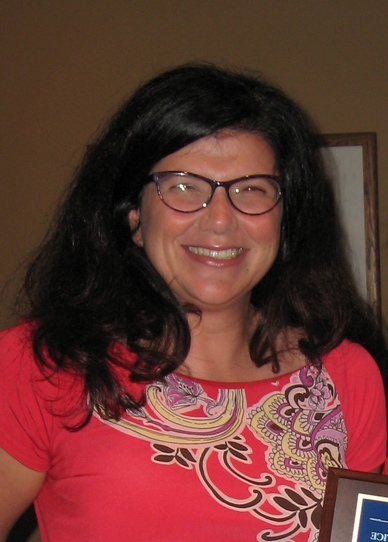
Dr. Suzi Abu Abed
At the Yale-New Haven Hospital, New Haven, CT, USA
|
Department of Pathology and Molecular Medicine |

Dr. Suzi Abu Abed |
Dr. Abu Abed completed her anatomic pathology residency in 2011 and joined the department in 2014. She left in 2016.
At the Yale-New Haven Hospital, New Haven, CT, USA |
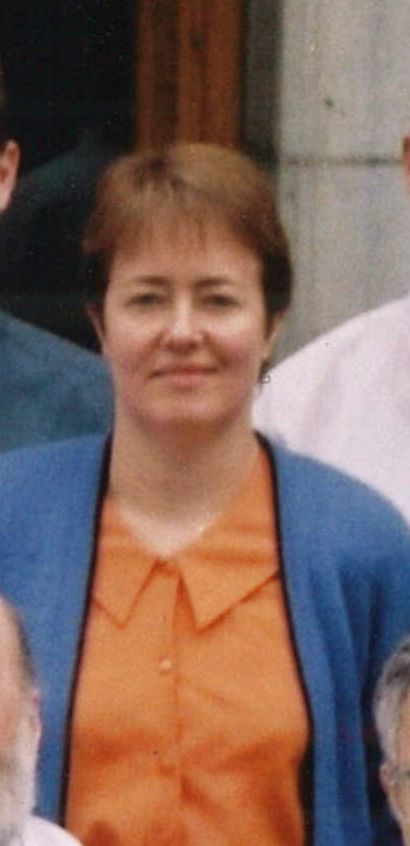
Dr. Monique Arquint |
Dr. Monique Arquint joined the department in 2000. She left in 2001.
At St. Mary's General Hospital and Markham Stouffville Hospital, Markham, Ontario |
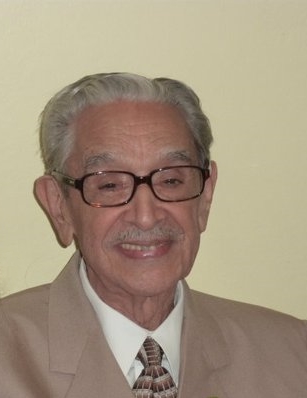
Dr. Sergio Bencosme |
Dr. Sergio Bencosme joined the department in 1965. He retired in 1977.
Sergio A. Bencosme, M.D., Ph.D., Professor Emeritus (Pathology), died 2016 May 1 in Santiago, Dominican Republic, as a consequence of a double pneumonia. He was predeceased by his dear wife, Bertha (1980) and two of his children, Rosanna and Humberto. He is survived by three children, Violetta Martinez, Artsci'78, Yolanda, Rolando, and also by11 grandchildren and 19 great-grandchildren. Dr. Bencosme was born in Montecristi, Dominican Republic on April 27, 1920. He moved to Canada in 1944, where he obtained his medical degree from Université de Montreal in 1947. Later, at McGill University, he received a master’s degree in 1948 and his PhD in 1950. Subsequently, Dr. Bencosme worked in various universities (University of Ottawa, Queen’s, UCLA) before returning to Queen’s as a tenured professor of pathology, 1965-1977. At Queen’s, he distinguished himself as a researcher and experimental pathologist using the cutting edge tools of that time, such as electron microscopy, histochemistry, immunochemistry and radioimmunoassay. During this time, he and his collaborators produced seminal work in the fields of pancreatic islets, kidney, gastrointestinal endocrine cells, and atrial natriuretic factor pathobiology and pathology. This extensive body of work found outlet in more than 160 publications, mostly in prestigious peer-reviewed journals and resulted in the PhD theses of his graduate students who included, among others: Juan Lechago and Adolfo de Bold. After retiring from Queen’s, in 1977, Dr. Bencosme returned to his native Dominican Republic, where he had a successful career as educator, policy-maker and researcher, publishing an additional 150 papers dealing with a multitude of subjects and issues which span from pathology to the transfer of technology between developed and developing countries and his reflections on ethics concerning modern science. Furthermore, between 1987 and 1993 he was the Director of the Graduate Program in Medical Sciences, Universidad Católica Madre y Maestra. He received the National Award of Sciences from the National Academy of Sciences of the Dominican Republic. There were many other awards for sure, but more importantly he was recognized in his country as one of the foremost scientific personalities for the creation of research institutions, and his valuable scientific work in UNPHU( with generous aid from the Canadian International Development Agency) and Universidad Católica Madre y Maestra as well as the Hospital Regional Universitario José María Cabral y Báez. Dr. Bencosme was a talented man who displayed dedication and discipline in his work. He lived a full life and will be remembered, both at Queen’s University and Dominican universities for his many contributions to science, certainly, but also for the inspiration he was able to give his students and collaborators some of whom were able to further develop his original ideas and are now internationally renowned scientists in their own right. |
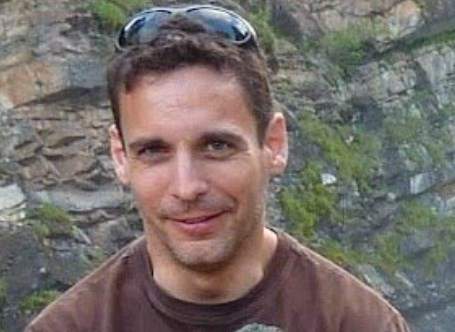
Dr. Scott Bradshaw |
Dr. Bradshaw joined the department in 2015. He left in 2016.
At the University of Ottawa, Ontario Canada |
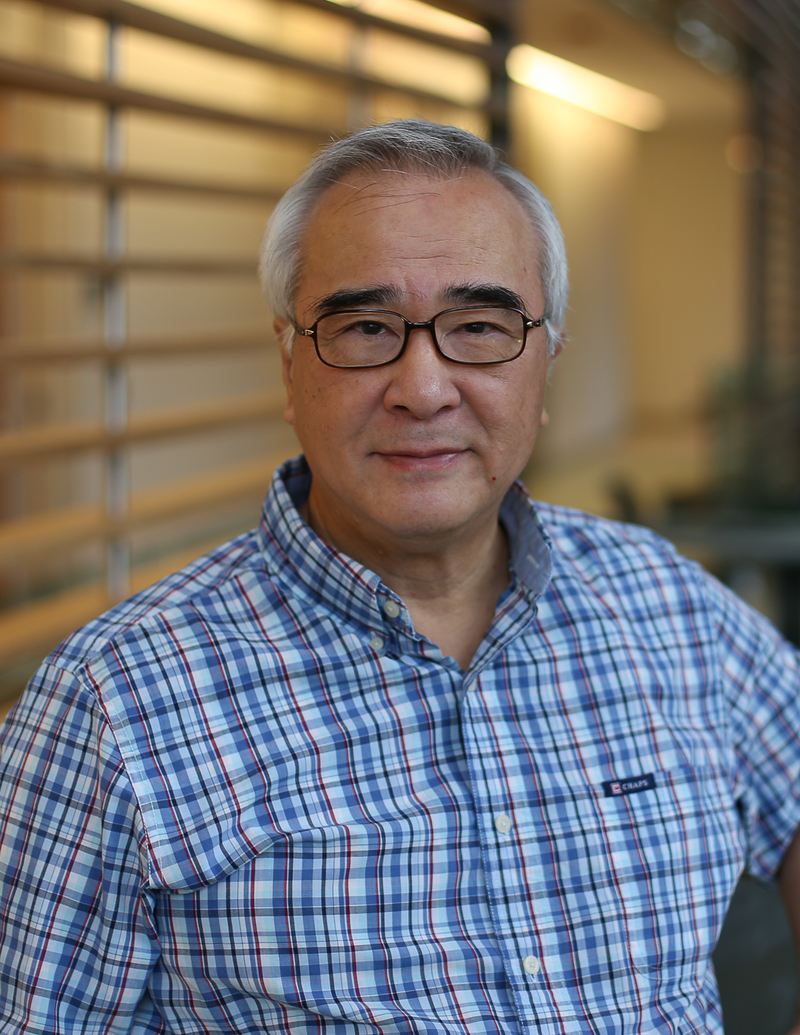
Dr. Michael Chan |
Dr. Michael Chan joined the department in 2009 as a clinical chemist. He retired in 2020
|
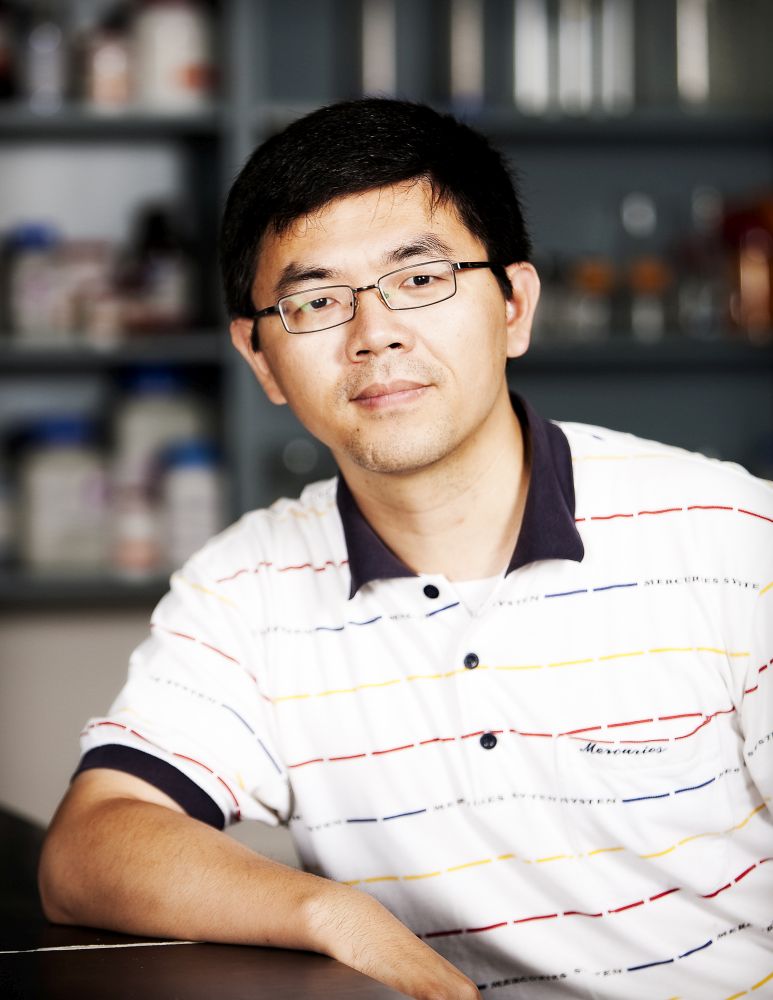
Dr. Jerry Chen |
Dr. Jerry Chen completed his Anatomic Pathology Residency at Queen's in 2009. He joined the department in 2010. He left in 2014.
At the Fraser Health Authority in British Columbia Canada.
|
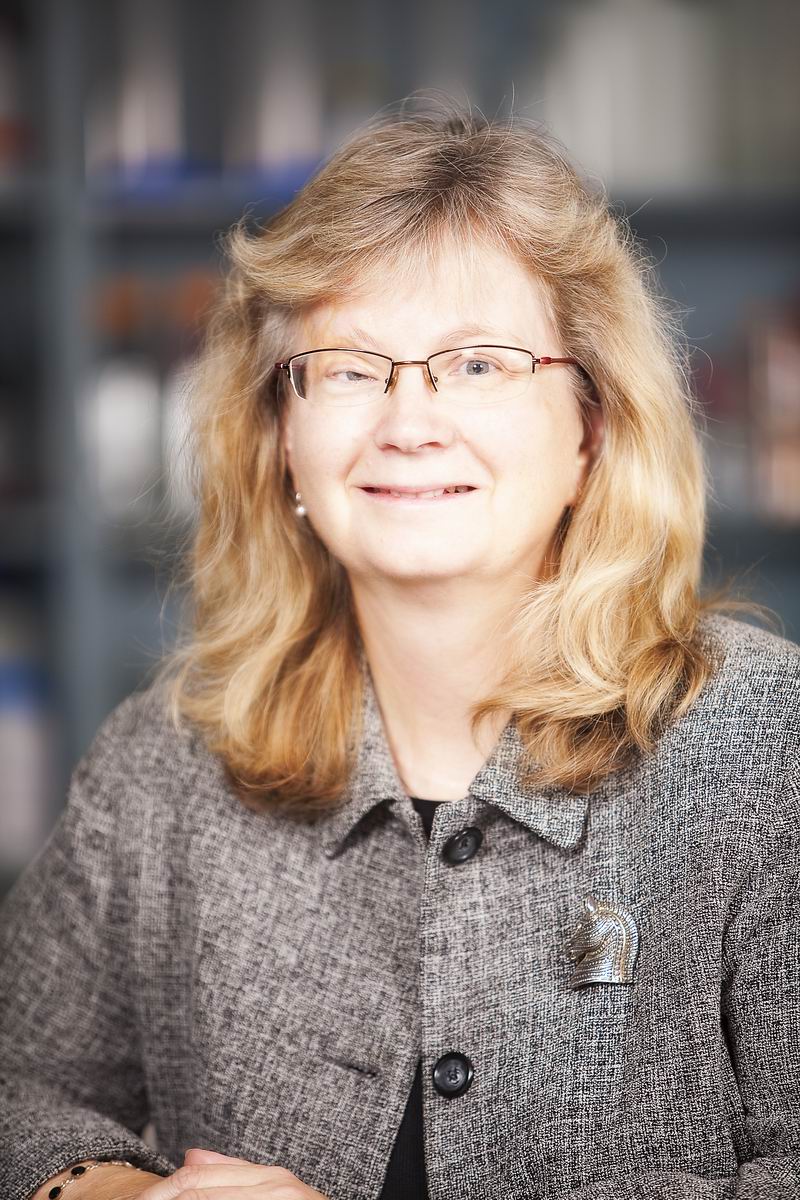
Dr. Christine Collier |
Dr. Collier joined the department as a clinical biochemist in 1988. She left the department in 2017.
|
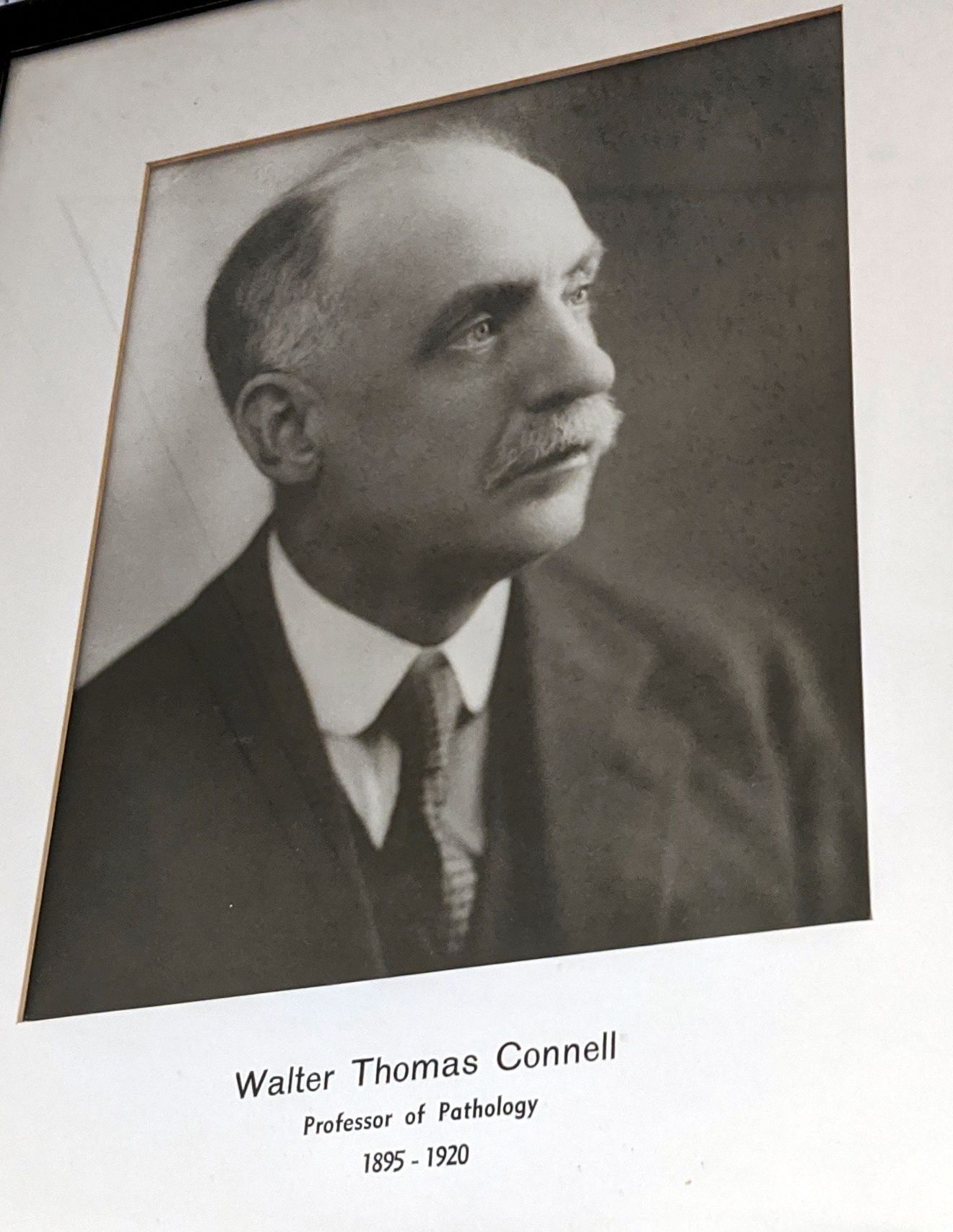
Dr. Walter T Connell |
On December 2, 1895, on motion of Dr. H.J. Saunders, the KGH Board of Trustees approved the appointment of Dr. Walter T. Connell as a Pathologist to the KGH. Dr. Connell set up a laboratory carrying out the required analyses and tests for the University, and opened the first course in Pathology in the Old Medical Building (occupying most of what was
known as “the old den”). In the third year of the then four-year medical course at Queen’s, three lectures per week were given for a full term in Pathology with emphasis on General Pathology. Dr. Connell was also responsible for the classwork in Bacteriology, requiring three hours per week during the entire session. ‘Laboratory boys’ and volunteering students were the only assistants in the pathological laboratory or unit of Queen’s University (as yet Pathology was not a distinct Department).
The 1895 Laboratory at Queen’s is believed to have been the fourth Clinical Laboratory in North America. In the USA, it operated at the University of Michigan since 1893; in Canada also as of 1893, “Clinical Pathology” was part of the Royal Victoria Hospital in Montreal and a “Clinical Laboratory” at the General Hospital in Toronto was operated by the University’s Medical School. By the end of the three years, the terms of Dr. Connell’s Queen’s appointment were revised. He now could offer a complete range of laboratory services to practicing physicians of Eastern Ontario. These provided a small but sufficient income in addition to his University salary. His advertisement in “Kingston Medical Quarterly” provides evidence of the admirable range of knowledge of this young man in announcing that: “he is prepared to make Microscopical, Chemical and Bacteriological Analyses, as may be required of Morbid Tissues, Tumours, Serous or Purulent Effusions, Curettings, Sputum, Urine, Blood, Stomach Contents, Throat Membrane or Secretions, Urethral or Vaginal Discharges, etc. …., to apply Widal’s method for diagnosis in Typhoid Fever, and to perform autopsies”. In 1899 Dr. Connell published a textbook and course guide, “A Laboratory Guide in Practical Bacteriology”; it was of great value to students and practicing physicians alike. From 1899 to 1913 the book went through three editions. For some 15 to 20 years he contributed to scientific medicine by publishing regularly in “Queen’s Quarterly” or in the “Kingston (Queen’s ) Medical Quarterly” of which he later became the Editor.
Over the years, Pathology gradually replaced Anatomy at Queen’s as the discipline important
to the understanding of medicine. Dr. W.T. Connell lectured to the medical students twice per week
on general pathology during the third and fourth sessions and subsequently gave a series of lectures
and demonstrations on special pathology. The teaching also included the microscopic examination of
four to six sections of diseased tissues per class. Each student was required to spend three to four
weeks in the Pathology laboratory assisting in the preparation of tissues, and the staining and
mounting of microscopic slides for general use of the class. During the fourth year the students
rotated in assisting at least at six post mortem examinations and reporting in writing on the autopsy
findings. The autopsies were performed in the mortuaries of the KGH and Rockwood Hospital for
mental illnesses.
|
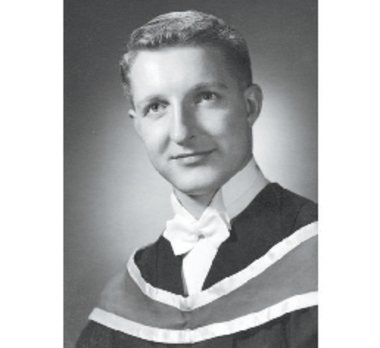
Dr. Bill Corbett |
Dr. Bill Corbett joined the department in 1963. He retired in 1996.
CORBETT, Dr. William E. N. ("Bill") M.D. October 7, 1932 - August 9, 2021 William Edward Nelson ("Bill") Corbett passed away peacefully, in the presence of family, on August 9, 2021, at Arbour Heights Nursing Home in Kingston. Bill, along with his beloved twin sister, Mary (Botterell), was born on October 7, 1932, in Ottawa, to Nelson Corbett and Rena Corbett (nee Landry). Bill grew up in Ottawa and attended Glebe Collegiate. He shared many great adventures with the Huxtable boys who lived across the street and with Mary during summers at a cottage along the St. Lawrence River. A childhood bout of pneumonia left him bedridden for a year and fostered a lifelong passion for reading. He always had several books on the go and encouraged a love of the arts in his children. At the young age of 17, Bill started medicine at Queen's University in Kingston (Meds '56) where he was one of the students who lived in Medical House. It was early at Queen's that Bill met the love of his life, Lois (nee Grant) from Smiths Falls (Arts '54). They married in December 1956 before Bill started his residency in pathology at Queen's. Two daughters, Susan (Ken Smith) and Cynthia (John Visser) soon joined the family. In 1961, the young family departed for London, England, where Bill continued his training for two years at the Post-Graduate Medical School of London, where he was among the first physicians in Canada to receive training in the application of a then nascent technology, the electron microscope, to pathology. During this time, he held research fellowships in pathology from both Queen's and the National Cancer Society. His research earned him an M.Sc. from Queen's in 1962. In 1963, the family returned to Canada where Bill started his career in the Department of Pathology at Queen's, joining the staff at Hotel Dieu Hospital and later transferring to Kingston General. A son, Hugh (Denise Lash) soon followed. Bill taught pathology to generations of Queen's medical students for 34 years until his retirement in 1996 as a full professor of medicine. He was recognized over the years by the students for his teaching excellence. Bill was proud of his contributions to the growth of the department and felt blessed to have worked with so many exceptional colleagues and residents over the years. Bill formed many close friendships with his classmates and colleagues and cherished playing bridge and celebrating new years eve with the same small group for nearly 50 years. Bill also looked forward every year to renewing friendships with colleagues from around the world at international pathology conferences. Bill was an avid sailor and often said many of his happiest moments were spent sailing the waters of Lake Ontario, first racing his International 14 dingy out of the Kingston Yacht Club and later cruising with Lois and the kids on their boat, Panacea. For several years, Bill and Lois spent their winter vacation bareboating in the Caribbean with friends. Bill's other lifelong passions included jazz and wine. Bill and Lois spent many happy summers with friends and family, including his brother- and sister-in-law, Jim and Karen Grant, at the family cottage on Big Rideau Lake, sharing stories and laughter over cocktails, meals and loud games of Trivial Pursuit. In between sailing his Laser, fishing and swimming, Bill restored the rock piles that had been dislodged by the winter ice with the precision of a stone mason. Bill and Lois travelled extensively, both on their own, and with his twin sister, Mary and her husband, John Botterell, on art and museum tours. Bill and Lois celebrated their 50th anniversary with a memorable Caribbean cruise with their children and grandchildren and their Diamond anniversary in 2016. In retirement, Bill fulfilled one of his life dreams when he and Lois rented a house in Provence for a summer. In his later years, Bill took up oil painting and French lessons at the Kingston Seniors Centre. He enjoyed both activities immensely and was grateful for his wonderful instructors. In addition to Lois and their children, Bill leaves behind six grandchildren - Mackenzie and Kelly (Susan), Andrew and Brendan (Cynthia), and Kathryn and Megan, as well as two step-grandchildren, Maya and Gabriel (Hugh). He also leaves behind his dear nephews, Andrew and Angus Botterell. He was immensely proud of all of them and took great satisfaction in their many accomplishments. Bill also leaves behind three great-grandchildren - Isla, Kieran and Halina - whom he never met due to the pandemic. Bill was cremated and his life will be celebrated in September. |
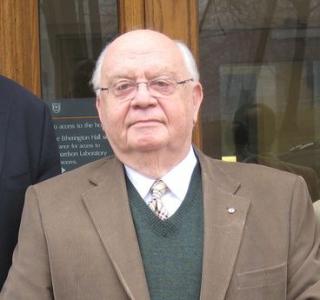
Dr. Alfredo de Bold |
Dr. Alfredo de Bold
Dr. de Bold was Gairdner prize-winning scientist who earned his PhD in our department in the 1960s. He ran a research lab in the Department for several years before leaving to take a research leadership position at the newly formed Ottawa Heart Institute. He discovered atrial natriuretic peptide, which regulates blood pressure and electrolyte balance. This was the first cardiac hormone ever discovered, thus establishing the heart as an endocrine organ.
For more information, please follow these links:
|
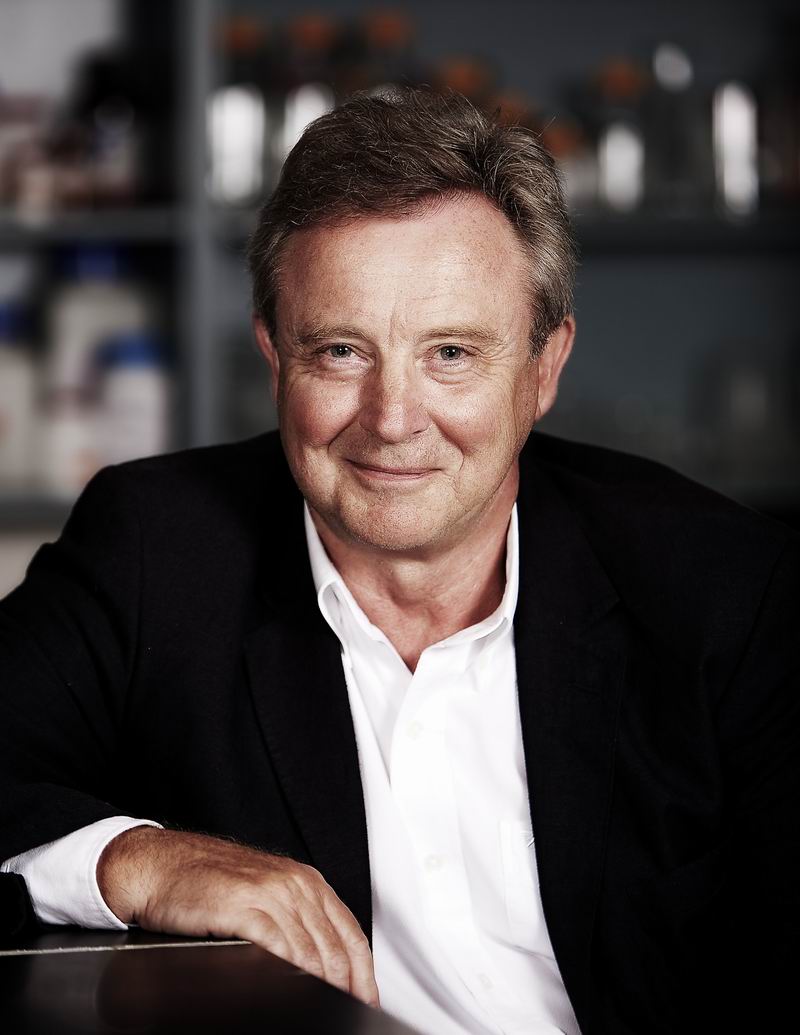
Dr. Roger Deeley |
Dr. Roger Deeley joined the department in 1987. He retired in 2021.
His research interests: Structure function studies of multidrug resistance proteins (MRPs). Following 10 years with the National Cancer Institute at the National Institutes of Health in the United States, Dr. Deeley came to Queen’s University in 1980. He was promoted to the rank of Professor in 1984 and in 1987 he was appointed as the first holder of the Joseph S. Stauffer Chair and as Director of the Cancer Research Laboratories. He served as Director of the Division of Research for Cancer Care Ontario from 1988 to 2007 and since 2003 he has also been the Director of Queen’s Cancer Research Institute. Dr. Deeley has held the joint position of Vice-Dean Research in the Faculty of Health Sciences and Vice President Health Sciences Research at Kingston General Hospital since 2007. He is a member of the Department of Pathology and Molecular Medicine with cross-appointments in the Department of Biomedical and Molecular Sciences and the Department of Oncology. Dr. Deeley’s research program has been extensively cited internationally and funded from sources such as the Canadian Institutes of Health Research, the National Cancer Institute of Canada, the Heart and Stroke Foundation of Ontario, and industry. He has also been responsible for developing a number of major research initiatives, which together with his own research program, have garnered over $32M in funding. Dr. Deeley has extensive experience with research funding agencies and has been involved in both provincial and national cancer control research agendas. In 2005, he was co-recipient of the Robert L. Noble Prize presented jointly by the National Cancer Institute of Canada and the Canadian Cancer Society, and in 2007 he was a recipient of the National Cancer Institute of Canada’s Diamond Jubilee Award for outstanding contributions to cancer research. Education and honours BSC University of Sheffield, PhD University of Sheffield, Fogarty International Fellowship, US National Institutes of Health , Fellow, Canadian Academy of Health Sciences, Fellow, Royal Society of Canada, Robert L. Noble Prize of the Canadian Cancer Society, National Cancer Institute of Canada’s Diamond Jubilee Award Research Dr. Deeley has conducted pioneering work in the molecular biology of cancer. His early investigations resulted in novel approaches to gene cloning, and laid the foundation for his subsequent breakthrough discovery, with Queen’s co-investigator Dr. Susan Cole, of the gene coding for a multidrug resistance protein (MRP). Their groundbreaking work represented a significant advancement in scientific understanding of why some patients developed resistance to drugs used to treat cancer and other diseases. Author of approximately 200 peer-reviewed publications and book chapters, and with more than 17,000 citations, Dr. Deeley is also a named inventor on 12 patents worldwide relating to this work, which continues to contribute significantly to drug development and cancer research. |
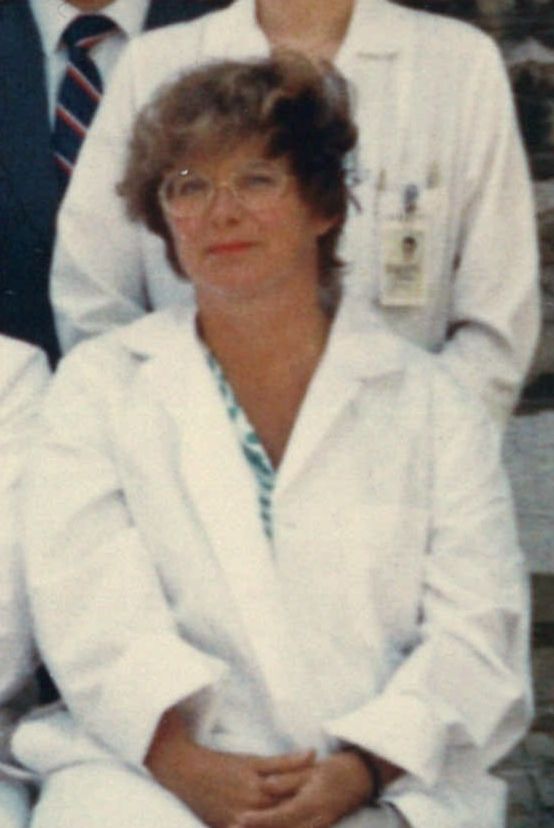
Dr. Gloria Delisle |
Dr. Gloria Delisle retired in 1999 as Head of the Combined KGH/HDH
10 Microbiology Lab.
|
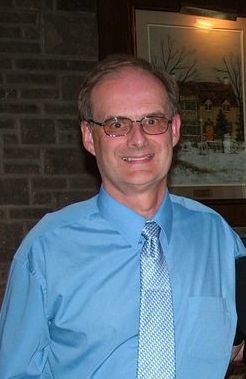
Dr. David Dexter |
Dr. David Dexter joined the department in 1977. He retired in 2008.
|
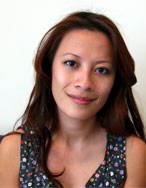
Dr. Jennifer Dien Bard |
Dr. Jennifer Dien Bard joined the department in 2010. She left in 2012.
Director of the Clinical Microbiology and Virology Laboratory. Associate Professor of Pathology (Clinical Scholar), Keck School of Medicine of USC. |

Dr. Alessandra Duncan |
Dr. Alessandra Duncan joined the department in 1987. She left as Director of our Cytogenetics Laboratory in 1997.
Dr. Duncan was Director of the Cytogenetics Laboratory of the MUHC, located at the Montreal Children’s Hospital, Montreal, Quebec. She retired from McGill University in 2012. |
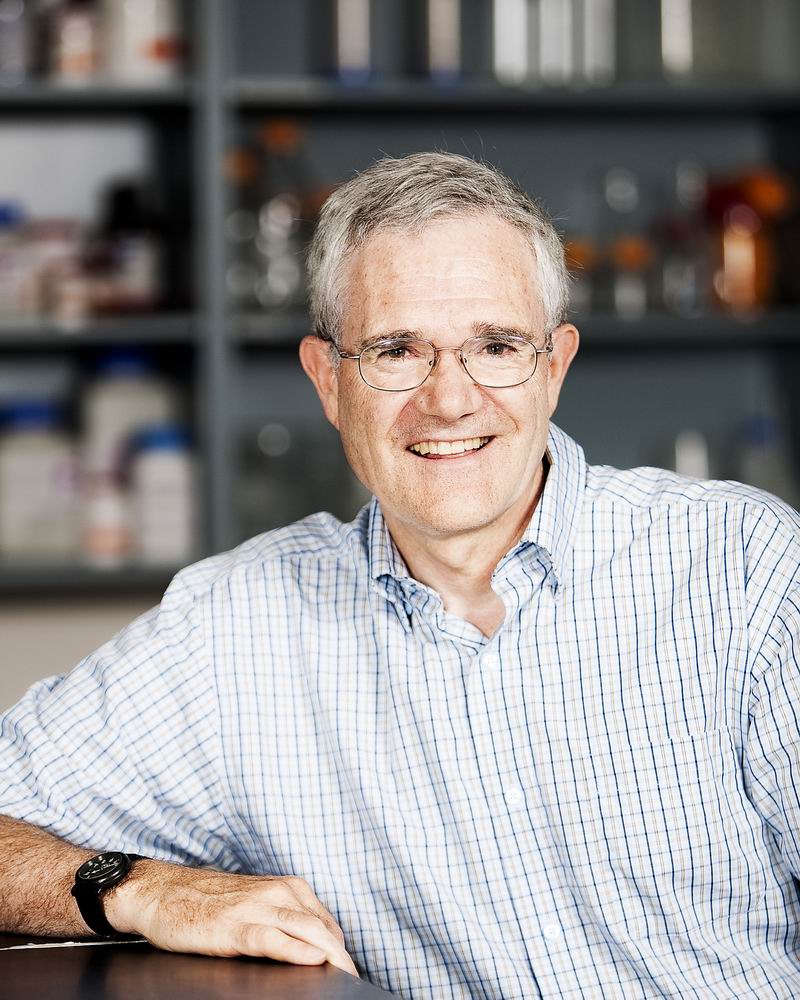
Dr. Bruce Elliott |
Dr. Bruce Elliott joined the department in 1977. He retired in 2016.
KINGSTON (May 27, 2009) - The Canadian Institutes of Health Research (CIHR) proudly recognizes the efforts Dr. Bruce Elliott, and three other science mentors, who are helping to create the next generation of Canadian health researchers and scientists. Through its Synapse - Youth Connection initiative, Dr. Elliott, from the Cancer Research Institute at Queen's University and the Cancer Centre of Southeastern Ontario at Kingston General Hospital (CCSEO/KGH), receives the 2009 Synapse Mentorship Award in the category of Individual Researcher . This year, in a tie decision, he shares the award with Dr. Barbara Vanderhyden from the Ottawa Hospital Research Institute. CIHR's Synapse initiative, in partnership with national science outreach organizations, acts as a meeting place where health researchers/practitioners can provide young Canadian high school students with hands-on training experience in different scientific fields. More than 5,200 CIHR -funded health researchers have already signed up to become CIHR Synapse mentors - a number that increases on a daily basis. Dr. Elliott has acted as a mentor in the field of cancer research for over 14 years now. He developed a cancer conference curriculum for grades 7 and 8 in Kingston area junior high schools, and since 2001 has added a five-day cancer course each May for Eastern Ontario students in grades 9-11 through the Queen's University High School Enrichment Studies Programme. Dr. Elliott has developed his programmes in collaboration with many colleagues at the Cancer Research Institute and the CCSEO/KGH. Students in this course interact with graduate students, research fellows and residents for hands-on experience in laboratories as well as clinical settings, to understand the value of careers as researchers and health care givers in the cancer field. This then leads to a final question/discussion time on cancer topics of the high school students' choice. Dr. Elliott also has acted as a mentor/judge in the local Frontenac, Lennox and Addington Science Fair. |
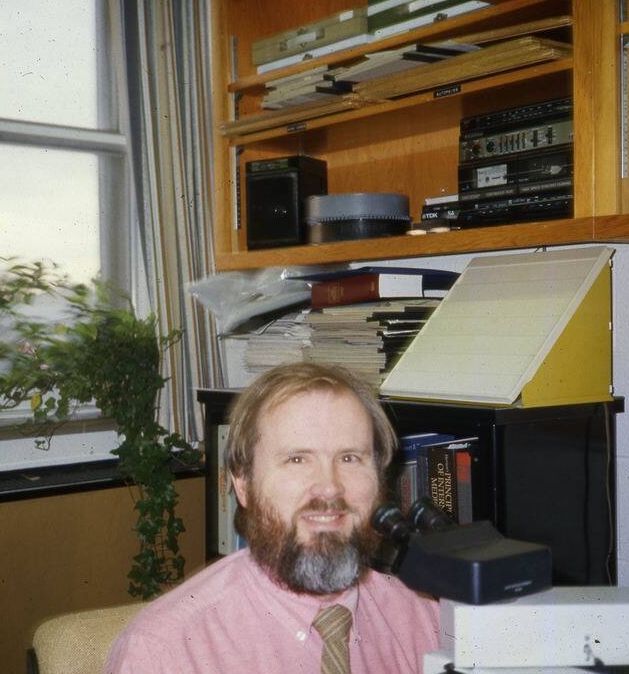
Dr. Al Fletcher |
Dr. Al Fletcher joined the department in 1974. He retired in 2002.
|
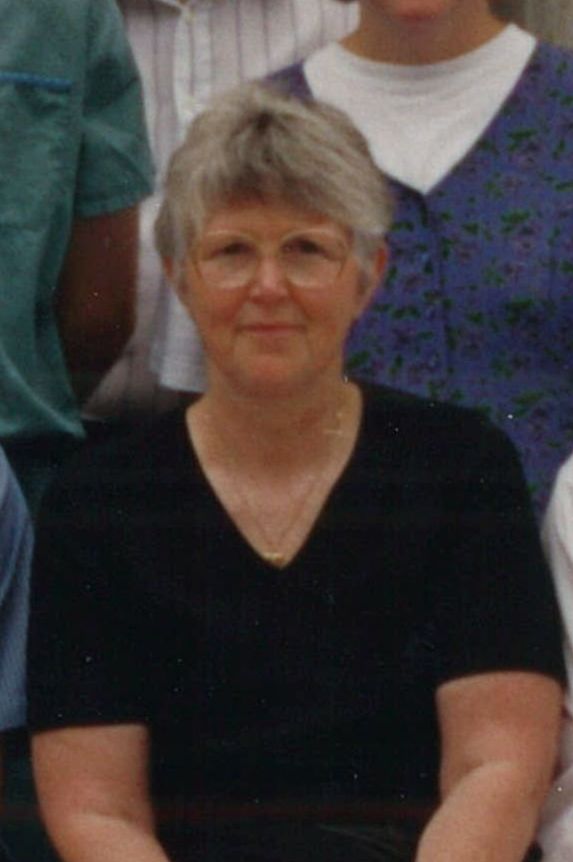
Dr. Sally Ford |
Dr. Sally Ford joined the department in 1987. She retired in 2002.
|
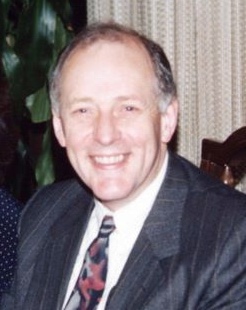
Dr. Alan Giles |
Dr. Alan Giles joined the department in 1979/1980. He retired on 1998 June 30.
We received notification that Dr. Alan Giles, a Professor Emeritus in the Department, had succumbed to an acute cardiac event in Toronto during a family visit away from his retirement home in Grenoble.
Alan also had the foresight to initiate studies of the hemophilic dog model at Queen’s. This unique dog colony has proven to be an invaluable international resource that continues to provide critical pre-clinical support for the development of novel hemostatic therapies, including hemophilia gene therapy.
Alan was a strong advocate for all Queen’s research initiatives, and he leaves a legacy of excellence in discovery science. He is survived by his wife Hilary, a daughter and two sons. Obituary as published by the International Society on Thrombosis and Haemostasis |
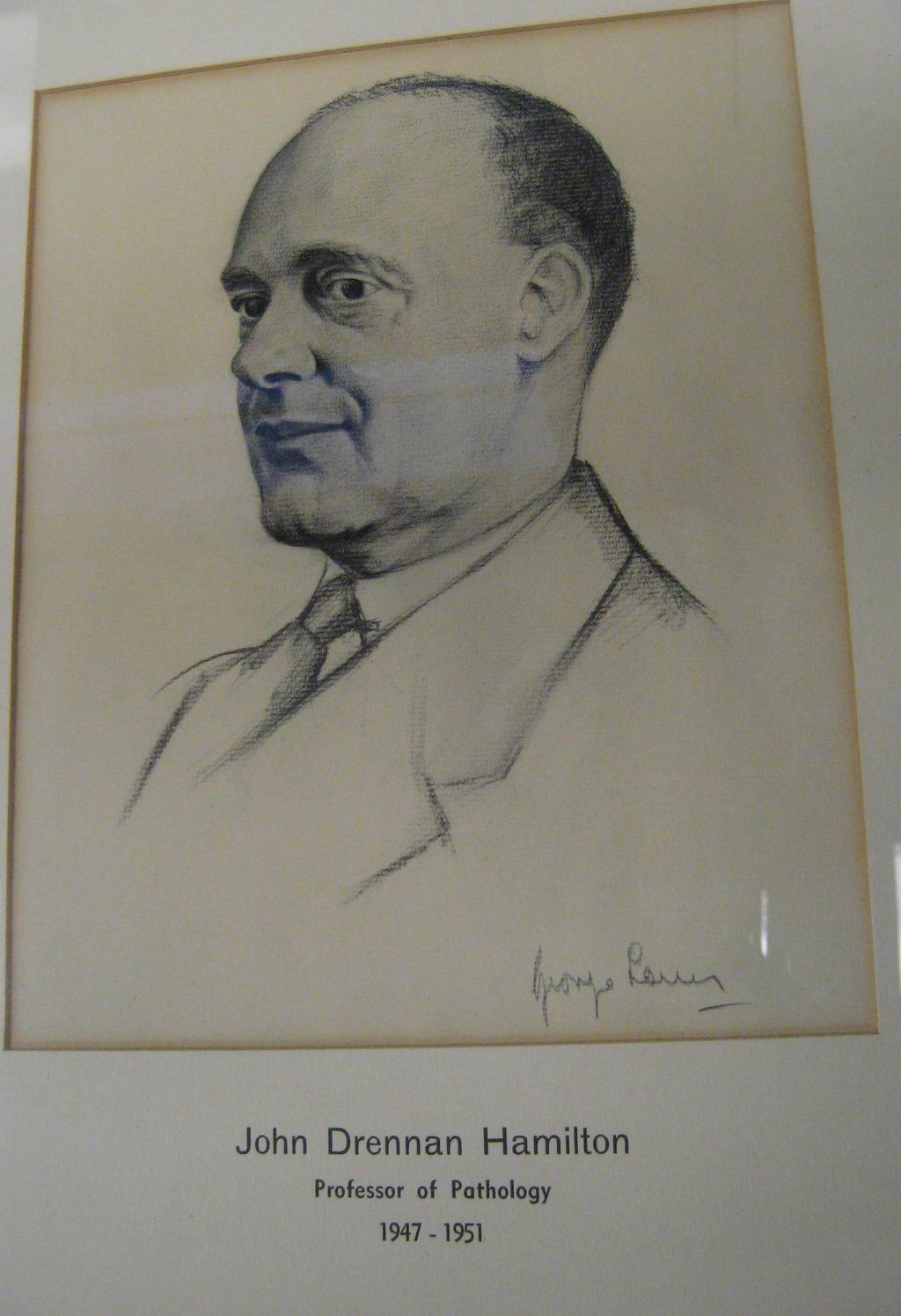
Dr. John D. Hamilton |
Dr. John D. Hamilton, a native of British Columbia obtained his Medical Degree from the University of Toronto in 1935 and trained in Pathology in Toronto under the supervision of Dr. Oskar Klotz. He continued his postgraduate education in Cambridge, UK and at Johns Hopkins University with Dr. Arnold Rich. He served during the WWII for six years in the Canadian Army rendering valuable service in the field of laboratory organization and research in Pathology. Dr. Hamiliton’s academic career began in 1945 at McGill University where he spent a year as an Assistant Professor. He was certified in 1946 by the Royal College of Physicians and Surgeons of Canada and later was an Examiner in Pathology.
He came to Queen's in 1946 as Professor and Head of the Department of Pathology, after the retirement of Dr. Miller. Dr. Hamilton introduced changes in the RL and many new initiatives in the modernization of the discipline in format and content. The museum was relocated to the basement and the freed space on the first floor of the RL was converted to rooms for staff, research fellows and a conference/library room. The usage of the museum declined and this was an initial first phase in the development of modern/research department. Because of the nature of the developing research, the facilities for it were located in another building (“animal house” at KGH). Dr. Hamilton’s outstanding ability as a teacher and his personality made him popular with the students and he was respected by staff. His Saturday morning clinico-pathological conferences were held before capacity audiences. In 1950 he appointed Dr. G.F. Kipkie (Queen’s ’39) as Director of KGH-Hospital Clinical Laboratories (and Associate Professor of Pathology at Queen’s), in recognition of the need to oversee the quickly growing knowledge and work in these fields. Dr. Hamilton’s influence and activities extended also beyond Queen’s. Together with Dr. Louis Berger of l’Universite Laval, Dr. Hamilton conceived the idea of a national association of Canadian pathologists. Following the death of Dr. Berger in 1948, Dr. Hamilton, with the help of the Ontario Association of Pathologists (founded in 1937), arranged an organizational meeting of Canadian professors of Pathology in Saskatoon on June 15, 1949. At this inaugural meeting, Dr. William Magner of St. Michael’s Hospital in Toronto was named President and Dr. Hamilton was appointed Secretary/Treasurer. As outlined by Dr. Hamilton, the main objectives of the Association were: “to promote the interests of pathologists and allied scientists, to maintain a high standard of proficiency among pathologists, and to advance and improve the specialty of Pathology and its allied sciences”. By the following year, the number of the members of the Association amounted to almost 90 pathologists (paying the $10 annual dues!) In 1951 Dr. Hamilton was offered and accepted the position of Head of the Pathology Department at the University of Toronto where he subsequently became Dean of Medicine (1961), Vice-President of Health Sciences (1966) and Vice-Provost (1972). During this time he was associated with many Toronto hospitals as consultant, as well as holding posts with the Ontario Department of Health, Connaught Laboratories, National Research Council and the Ontario Heart Foundation. He was especially pleased to be awarded an Honorary Degree from the University of Nigeria for his work there. Upon his ultimate retirement from the University of Toronto in 1976, Dr. Hamilton moved back to British Columbia and to the mountains “he loved so well”. He died peacefully at the age of 91 years in Vancouver on November 5, 2002.
|
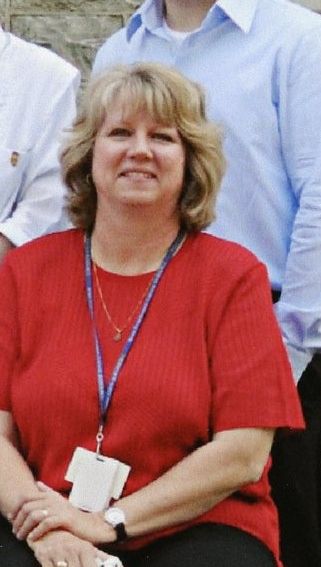
Dr. Karen Harrison |
Dr. Karen Harrison joined the department in 1997. She left the department in 2009. At Dalhousie University
|
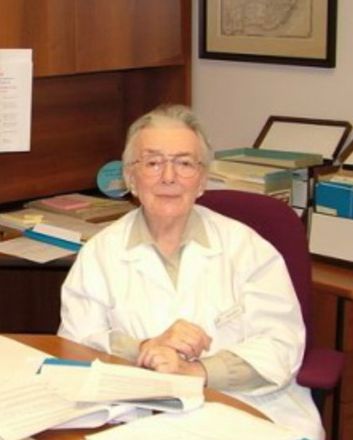
Dr. Daria Haust |
Dr. Daria Haust retired in 1992.
Dr. M. Daria Haust, OC, MD, FRCPC M. Daria Haust, a native of Poland, graduated summa cum laude from the Medical School of Heidelberg University (Germany) in 1951. After immigrating to Canada with her husband in 1952, she completed a rotating internship at the Kingston General Hospital in 1953. Following a year of atherosclerosis research with Dr. Robert More, she enrolled in the General Pathology Residency and Graduate School programs at Queen's. In 1959, she obtained specialty certification from the Royal College of Physicians and Surgeons of Canada (RCPSC) and an MSc-degree from Queen's. Following a postdoctoral fellowship in pediatric pathology with Dr. Benjamin Landing at the Cincinnati Children's Hospital, Dr. Haust joined the Faculty of Medicine at Queen's in 1960 as an Assistant Professor. She successfully nurtured two sons and embarked on a career in experimental atherosclerosis and pediatric pathology. She was promoted to Associate Professor in 1967, moving thereafter to the University of Western Ontario (UWO) obtaining full Professorship in 1968. She became a Fellow of the RCPSC in 1972. She remains active as a Professor Emeritus (UWO). Dr. Haust has had a distinguished career in basic research in several areas including atherosclerosis, the process of elastogenesis, and the pathogenesis of several genetic diseases. She is a highly regarded educator and has played important roles in the establishment of national and international scientific societies, serving either as President, Secretary-Treasurer or as a member of the Council. She has also served on a number of Editorial Boards of scientific journals and has been invited to lecture around the globe on countless occasions. Her scientific contributions have been honoured by a multiplicity of distinctions (e.g. the Canada Council Killam Prize in Medicine; Gold Medal Award from the International Atherosclerosis Society; Honorary membership of the Academy of Sciences of Heidelberg; Best Teacher Awards at Queen's and at the UWO; the William Boyd Lectureship of the Canadian Association of Pathology; the Andreas Vesalius Medal by the University of Padua; Honorary Professorship of Medicine from the University of Chile, and many others). Dr. Haust's biography as one of the Founders of Pediatric Pathology appeared in 2001, and a Festschrift in her honour, with contributions from 10 international scientists, was published in a scientific journal in 2002. In 2004, she received the Distinguished Pathologist Award from the US/Canadian Academy of Pathology. Educational and/or research fellowships and awards named in her honour were established by the International Atherosclerosis Society; the CSATVB (formerly: Canadian Atherosclerosis Society); and the Department of Pathology at the UWO. She is the recipient of honorary degrees in medicine from three mediaeval Universities (Jagiellonian University, Krakow; Charles University, Prague; Havana University, Havana). In 2007, Dr. Haust's extraordinary career culminated with her appointment as an Officer of the Order of Canada. In 2012, she received the Queen Elizabeth II Diamond Jubilee Medal from the Governor General of Canada. |
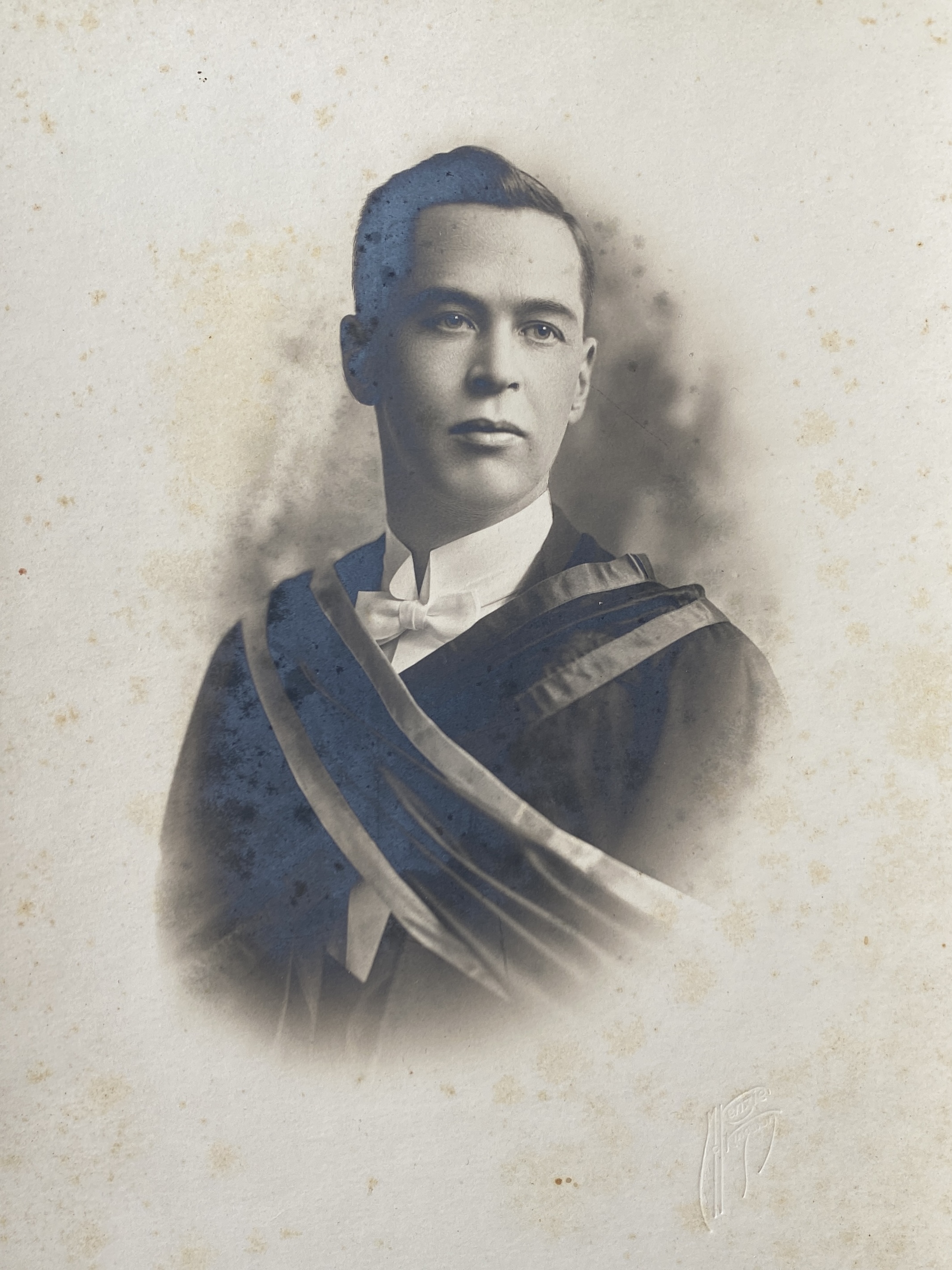
Dr. William D. Hay |
Dr. William D. Hay.
Dr. James Miller was greatly appreciative of his Associate, Dr. W.D. Hay, whose help and co-operation he acknowledged in the third edition of his textbook. Dr. William Hay (Queen’s – Arts ’14 and ’16; Med ’21) held originally an appointment in Pathology and Bacteriology. He relinquished the Bacteriology appointment in 1923 devoting his full time to Pathology. No graduate since that time can forget Dr. Hay’s lectures and his special interests as one of the Crown pathologists. He retired in 1957 after a long service as an Associate in the Department of Pathology. On 16 October 1925, when Dean J.C. Connell officially opened the Richardson Laboratory (RL) and the Douglas Wing (DW). THE PATHOLOGICAL UNIT became for the first time officially “THE PATHOLOGY DEPARTMENT” of the Queen’s University and the KGH; its permanent home became the Richardson Laboratory. The first floor of the RL housed a large museum of pathological specimens, containing shelf after shelf of bottled abnormal organs with coded cards detailing the pertinent history and pathology. These were used by students, trainees and examiners in Pathology and Surgery. Whereas this was a useful teaching collection, it did occupy a considerable, mostly unused space. Also on the first floor were offices of the Chairman and his Associate (Dr. Hay), and an autopsy room with a theatre seating resembling an operating room; it was also used as a lecture room. |
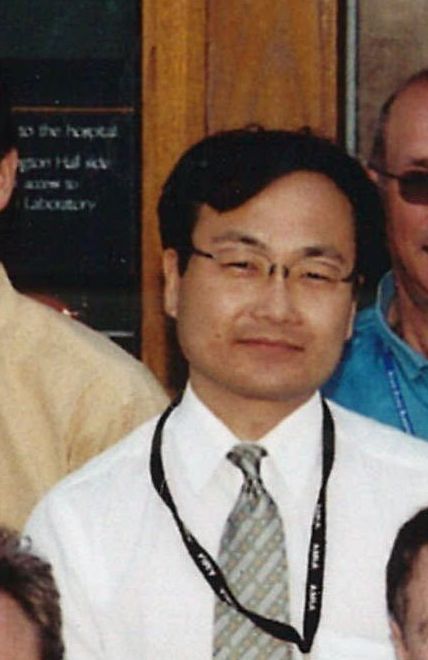
Dr. Tadaaki Hiruki |
Dr. Tadaaki Hiruki joined the department in 2003. He left in 2006.
He is at Edmonton Alberta as a Physician Informaticist . |
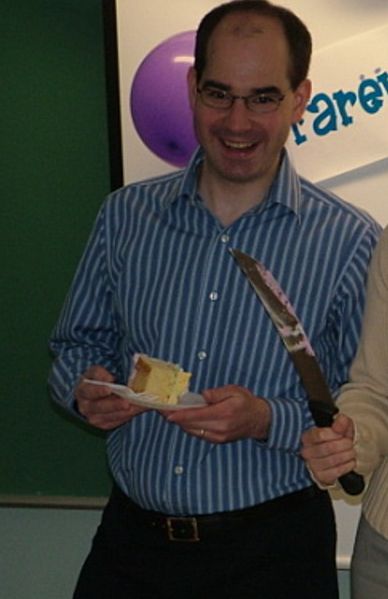
Dr. Phil Isotalo |
Dr. Phil Isotalo joined the department in 2002. He left in 2015.
|

Dr. Tim Karnauchow |
Dr. Tim Karnauchow joined the department in 1999. He left in 2003.
We have been extraordinarily fortunate to attract Dr. Tim Karnauchow to fill Dr. Gloria Delisle’s position. Tim has a MSc in Microbiology from Queen’s, a PhD from Ottawa and postdoctoral clinical microbiology training in an excellent program at the University of Rochester. Tim was heavily recruited at two other centres in Canada and chose Queen’s because we offer an integrated academic and clinical laboratory experience and excellent professional and technical interrelationships within a well designed laboratory. Tim’s developmental and research interests include the rapidly evolving area of DNA techniques in the rapid and accurate identification of organisms. |
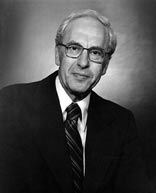
Dr. Nate Kaufman |
Dr. Nate Kaufman was Deprtment Head from 1967-1979. He retired in 1981.
Nathan Kaufman was born in Lachine, Quebec and educated at McGill University, graduating with a medical degree in 1941. He interned at the Royal Victoria Hospital and then served as a Medical Officer to a tank battalion in Western Europe and was honoured with a MBE. After 18 months as a pathology resident at the Jewish General in Montreal he moved with his wife Rita to the Cleveland Metropolitan General Hospital to complete his residency. He then joined the Faculty at Case Western and embarked on a successful career in iron metabolism research, medical education and laboratory administration. In 1967, after 7 years as a Professor at Duke University, he was recruited by Dean Harry Botterell to succeed Bob More as the Head of Pathology at Queen's. His accomplishments at Queen's were numerous. They included the development of the NCIC Cancer Research Unit, recruitment and nurturing of many current senior faculty, distinguished service to senior committees of the Hospital, University and the MRC (now CIHR), and expansion of our research capability and residency program. During his 12 years at Queen's, Dr. Kaufman became recognized internationally for his distinguished leadership as Editor of Laboratory Investigation, President of the US-Canadian Academy of Pathology and the International Academy of Pathology. On leaving Queen's he moved to Augusta as the first full-time Secretary/Treasurer of the USCAP. He has been recognized by the USCAP for his numerous contributions, most recently with the establishment of the annual Nathan Kaufman Timely Topics Lecture. Through this lectureship the Department honours Nathan Kaufman's extraordinary influence in shaping the scholarly life of our department and his contribution to our specialty internationally. Dr. Nathan Kaufman, the son of immigrants who rose to head the world's largest pathology organization, died on May 11, 2016 in Toronto. He was 100. Nathan was born August 3, 1915, in Lachine, Quebec, to Anna and Solomon Kaufman, shop-owners and a housepainter who had fled Riga and Odessa. He overcame quotas limiting the number of Jewish students at McGill and its medical school, graduating in 1941. Nathan served as a captain in the Canadian Army Medical Corps from 1942-45 and was mentioned in dispatches and honoured as a Member of the Order of the British Empire, for bravery under fire. After the war, he trained in pathology at the Jewish General Hospital in Montreal. He met Rita Friendly, an X-ray technician, and they married in 1946. Their relationship was one of respect, devotion, shared intellectual and cultural pleasures, and sheer love until her death in 2006. Nathan began his academic career at Western Reserve University in Cleveland, Ohio in 1948. From 1961-67, he was professor of pathology at Duke University in Durham, North Carolina. In 1967, they moved to Kingston, Ontario, where he chaired pathology at Queen's University and Kingston General Hospital. He served as executive director of the US-Canadian Academy of Pathology from 1979-85 in Augusta, Georgia; they returned to Kingston in 1994. Rita died there in 2006; he moved to Toronto in 2008. Nathan's research focused on iron metabolism. His colleagues spoke of him as a major force in the improvement of pathology research and clinical work, and of his meticulous and evenhanded leadership and mentorship. He was editor of Laboratory Investigation and later founded and edited Modern Pathology, the journal of the International Academy of Pathology. He leaves children Naomi (Steve), Michael (Betty), Miriam (Roberta), Hannah (Mary), and Judith (Neil); grandchildren Liam (Lisa), Jacob, Aviva, Jazz, and Chloe, and great-grandchildren Nathan, Jaxen, Gemma and Grant, as well as friends and relatives he cared deeply about. His sister and brother died earlier. To the end, he remained intellectually curious, with an astounding memory and gentle demeanour. A man full of grace, he thought first about others. He delighted in life, yet was realistic about death. If you wish to make a donation in his memory: Nathan established the Dr. Nathan Kaufman Service-Learning Fund at Queen's University to assist medical and health-sciences students to engage in community service to learn about the importance of justice and equity when working with vulnerable populations. |
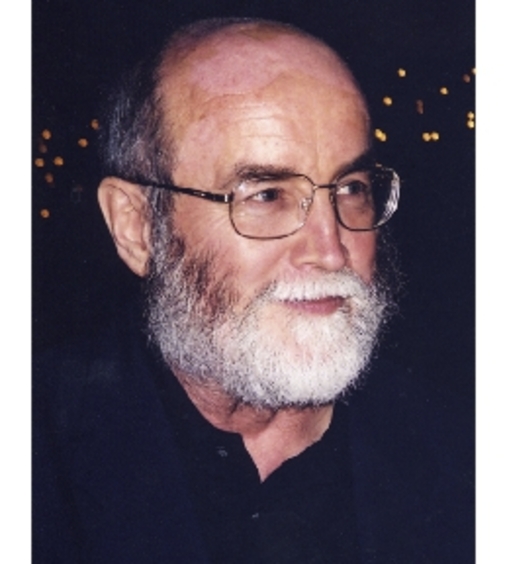
Dr. Jim Kennedy |
Dr. Jim Kennedy was cross appointed from Oncology. He retired in 2000.
Jim Kennedy died at home after a long illness while surrounded by family. He is survived by his wife Ruth (Hermosa), children David, Andrew (Yukiko), Marta, Peter (Jennifer), Sarita (Pavel), Samuel (Laurie), Joseph (Christina), and 11 grandchildren. He was predeceased by sister Mary Jean Rumball, brother Donald Kennedy, and parents Cecil and Jessie (Donaldson) Kennedy. Dr. Kennedy was born in Toronto and grew up in Weston, Ontario while it was still a small town surrounded by farmers' fields. He attended the University of Toronto, receiving B.A., M.D., and Ph.D. degrees. After a short time in California, Jim and his family settled in Kingston, where he has lived since. Jim Kennedy's most defining characteristics were his love of God, family, and his compassion towards others. For many decades, he and Ruth worked with the refugee community in Kingston and area, both sponsoring and helping in the settlement of many families and their ongoing acclimatisation to life in Canada. He was an active member of First Baptist Church, Kingston and could always be called on to assist. Professionally, Dr. Kennedy spent almost all of his career as a medical scientist at the then-Ontario Cancer Treatment and Research Foundation, and Queen's University, where he developed techniques to treat skin cancer that have become widely used in the field. While he was still able, Jim enjoyed canoeing, having made his own wood-and-canvas canoe which he used on many solo wilderness trips when he was young. Jim's family has many fond recollections of canoe trips around Kingston and Chandos Lake, where his parents had a cottage. Jim Kennedy will be greatly missed by his many friends and family. |
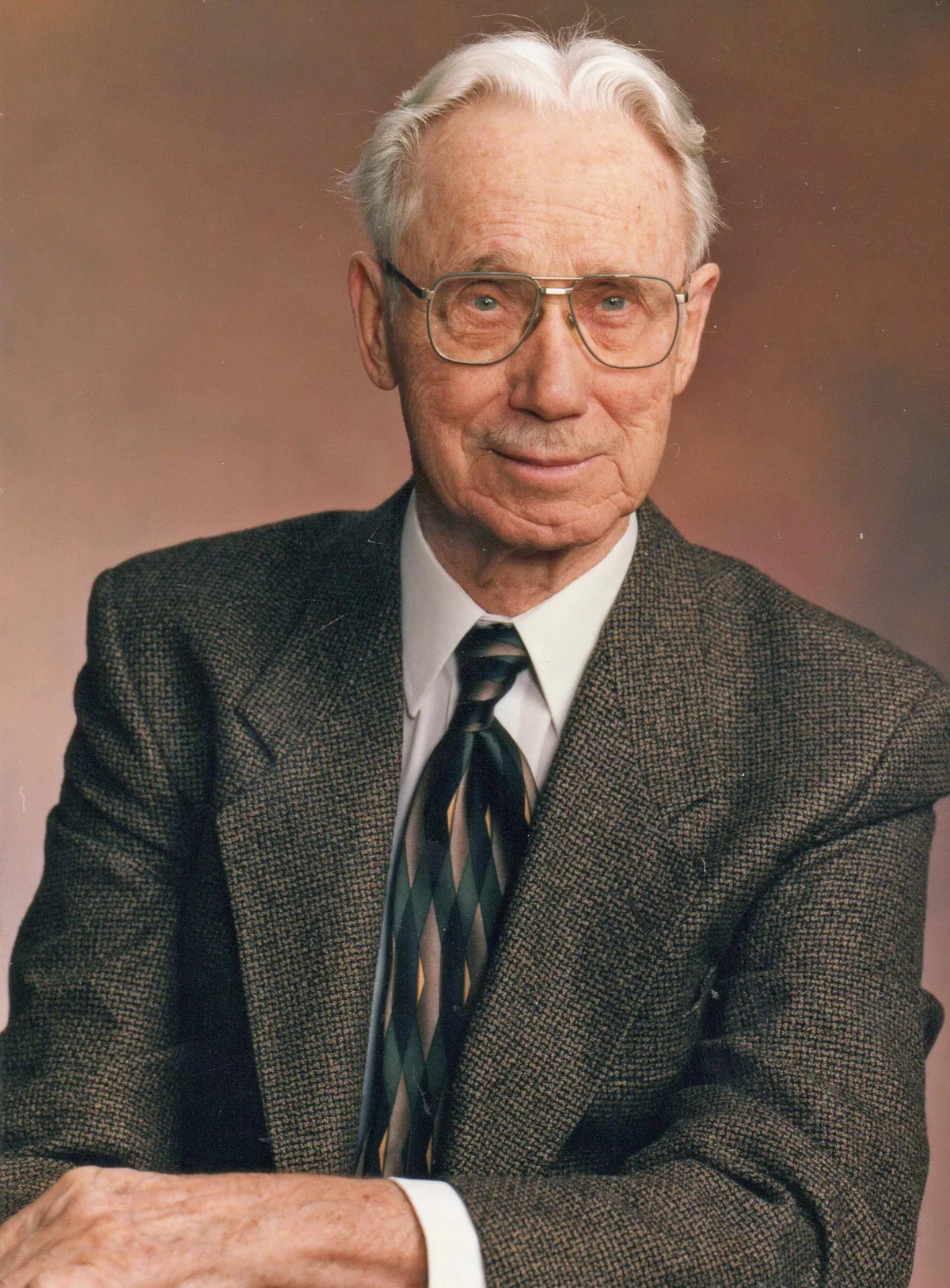
Dr. Bud Kipkie |
Dr. Bud Kipkie joined the department in 1950. He retired in 1983.
KIPKIE, George F.A. (Bud) MDCM, MSc., FRCPS(C) - Sept. 12, 1915 - Mar. 12, 2015 Peacefully at The Wenleigh Long Term Care Residence after a long life well-lived. He is survived by his two children, Bill (Janet) and Heather (John Bailey), two grandsons, Craig (Anne) and Scott (Kristin) and five great grand-children, Justin, Owen, Mason, Ayla and Raya. He was predeceased by his wife, Mac, in December 2005 after 62 years of marriage and his brother, Boyd, in December 1984. Bud was born in Pembroke on Sept. 12, 1915. He graduated from Queen’s University in 1939 with a MDCM degree. After an internship and residency, he spent one year as the Asst. Pathologist at the Grey Nuns Hospital and Regina General Hospital (1943) and two years as Director of Laboratories at these hospitals (1944-46). He decided then to take further studies at McGill University (1946-48) earning an MSc. Two more years were spent in post-graduate work at Duke University. In 1950, he became the Director of Laboratories at Kingston General Hospital and an Associate Professor of Pathology at Queen’s University. He retired as Professor Emeritus in 1982 and was made an honorary member of the medical staff at Kingston General Hospital. For a number of years, he was a Consultant Pathologist at Hotel Dieu, Cdn. Forces and St. Mary’s of the Lake Hospitals in Kingston. Dr. Kipkie served as the President of the Ontario Association of Pathologists (1968-69) and the Canadian Association of Pathologists (1969-70). At the Ontario Cancer Treatment and Research Foundation, he served as Chairman of Consultant Pathologists (1973-80) and on the Advisory Medical Board (1977-83). At Queen’s he was a member of the Senate, Chairman of Admissions to the Medical School (1964-1975), Chairman of the Committee for “Seed-funds for Research”, and a member of other Committees. In recognition of his many achievements, Bud was awarded the Queen’s Jubilee Medal from the Canadian Government in 1978. Bud was a keen cribbage player and won his last game on March 11 and, after over 200 games played, won the family cribbage championship in 2014. For over 60 years, he was a member of the Cataraqui Golf and Country Club in Kingston. Classical music and reading were also important throughout his life. |
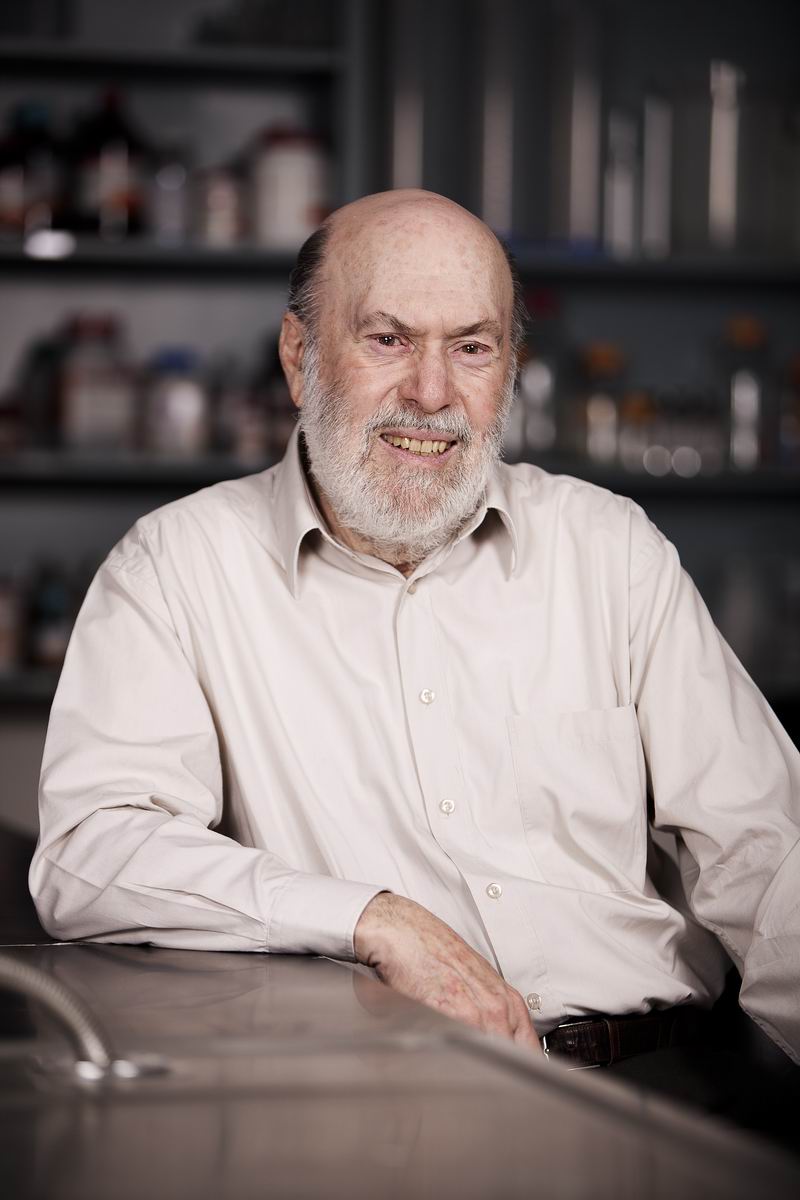
Dr. Robert Kisilevsky |
Dr. Robert Kisilevsky joined the department in 1968. He retired in 2003
KISILEVSKY, Dr. Robert December 19, 1937 - June 5, 2019 Professor Emeritus, of the Departments of Pathology and Biochemistry at Queens University, Kingston. Husband; father, Zaida, brother, uncle, and scientist. Died peacefully in his sleep, at home. He is lovingly remembered by his wife of 51 years Barbara, his children David (Sara Haynes), Sandy (Andy Krull), Natasha (Peter Reid), grandchildren Nathaniel and Claudia Krull and Emily and James Kisilevsky, sisters Zipporah (Alan Yedid) and Laurie (Allan Bultz), nephews Gabriel (Jing), Joseph, Elijah, and Ariel (Koo), and grandnieces Bessia and Olivia. Bob was born and raised in Montreal. He completed his undergraduate (1958) and medical degrees (1962) at McGill University. He interned at the Jewish General Hospital and then spent a year in Philadelphia as a Pathology resident before entering the combined Pathology residency/Phd in Biochemistry Program at the University of Pittsburgh. After completing the program (1967), he spent a year fellowship in Experimental Pathology at University College London, UK. Subsequently, he returned to Canada as an Assistant Professor in both the Departments of Pathology and Biochemistry, Queen's University in Kingston, ON, focusing on research. Bob progressed through the ranks from Assistant to Full Professor to Head of the Department of Pathology. Driven by his intellect and curiosity, and continuous funding by the MRC of Canada for 40 years, he established an internationally recognized research program and became a Fellow of the Royal Society of Canada. He published over 300 papers, book chapters and abstracts in the areas of protein synthesis, amyloidosis, cholesterol metabolism and malaria, and founded two biotechnology companies, Neurochem and AtheroChem. Following his retirement from research and medical practice, his goal was to stay alive and productive for many years, to continue to collaborate and publish scientific material, to see grandchildren, and to carve some walking sticks and use them before he went. He did all of those things, as well as ride his bicycle daily, create beautiful decorative wood carvings, and play a formidable game of chess. |
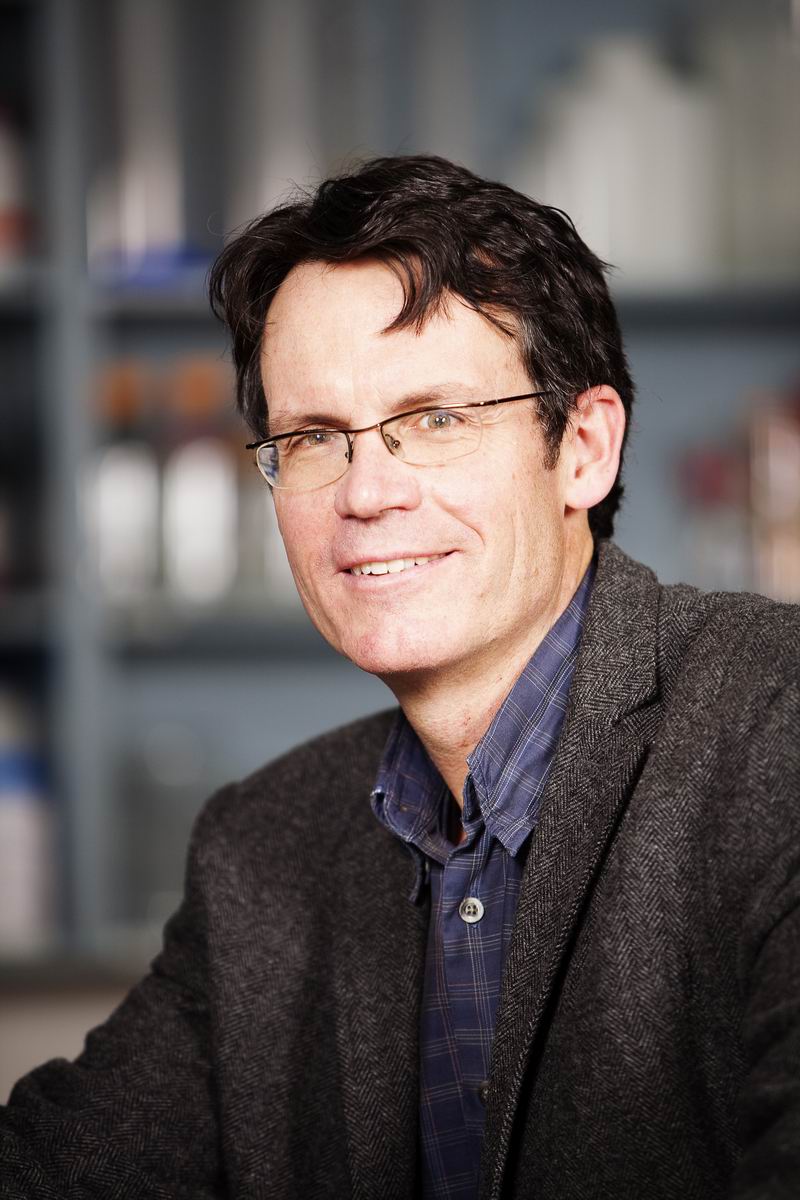
Dr. David LeBrun |
Dr. David LeBrun joined the department in 1994. He retired in 2024.
Dr. David LeBrun obtained his M.D. from Queen’s University in 1984. He completed residency in anatomical pathology at the University of Toronto in 1990 then moved to Stanford University where he underwent postdoctoral training in lymphoma diagnosis and, as a Medical Research Council Canada Research Fellow, in experimental research pertaining to molecular mechanisms of leukemogenesis. He has held a faculty appointment in the Department of Pathology and Molecular Medicine at Queen’s University since 1994 and held the rank of Professor when he retired. He conducts correlative and mechanistic research on lymphoma and acute lymphoblastic leukemia. His research has been supported by the Canadian Institutes of Health Research, the Canadian Cancer Society Research Institute, the Leukemia & Lymphoma Society of Canada, the Cancer Research Society and the Ontario Institute for Cancer Research. Dr. LeBrun serves as the senior consultant in lymph node pathology for the Southeastern Ontario region. |
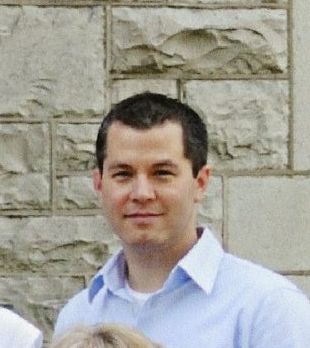
Dr. Robert Liao |
Dr. Robert Liao joined the department in 2004 as a clinical microbiologist. He left in 2009.
Dr. Liao joined the Microbiology team at LifeLabs in 2017 as a Microbiologist. Focused on providing consultative services for Microbiology and Molecular Microbiology in British Columbia, he also has a professional interest in the development of new molecular microbiology diagnostic testing. Dr. Liao received his PhD in Medical Microbiology and Immunology at the University of Alberta and completed an American College of Microbiology CPEP fellowship in Medical and Public Health Microbiology with the Department of Pathology and Immunology at Washington University in St. Louis. Dr. Liao worked for several years as a Clinical Microbiologist in the department of Pathology and Molecular Medicine at Queen’s University and the Kingston General Hospital. He also served as the Director of Microbiology, Molecular Diagnostics and Serology at PeaceHealth –a reference laboratory for a 10-hospital medical system based in Oregon and Washington State. Dr. Liao has published numerous peer-reviewed papers and presented abstracts at numerous international conferences. He has a research interest in Molecular Microbiology, Virology, Serology, and the development of novel diagnostic testing. |
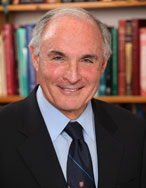
Dr. Sam Ludwin |
Dr. Sam Ludwin joined the department in 1975 and retired in 2010.
Autobiography Series: In Search of Knowledge and Joy: My Life as a Neuropathologist. DR. SAMUEL LUDWIN Passed away Tuesday, January 21, 2020 peacefully at his home in Kingston, Ontario, after a valiant battle against ALS. Born October 16th, 1944, to Genia and Dorik Ludwin in Johannesburg, South Africa, he enjoyed a distinguished medical career, wide-ranging interests, and-most of all-the love and companionship of Vivien, his wife of 51 years, their children Derek (Stacey) and Raymond (Karen) and grandchildren Andrew and Elizabeth, his siblings, nieces, and nephews, and his friends. After attending King Edward VII School in Johannesburg, where he combined classical learning with sports and acting, he went on an American Field Service exchange to Huntington Beach High, where he basked in California's freedom and the love of his host family. He then trained at the University of Witwatersrand Medical School before returning with Vivien to California for his residency at Stanford University. In 1975, he and his young family moved to Kingston, where he became a Professor of Pathology and an oft-awarded teacher at Queen's University, and an outstanding neuropathologist at Kingston General Hospital. He rose to leadership positions, including VP of Research at both institutions. His erudition, warmth, and generous teaching style inspired generations of students and residents. Samuel devoted his professional life to studying degenerative diseases of the brain and nervous system, and made important research advances in multiple sclerosis (MS). He was awarded the Queen Elizabeth II Golden Jubilee Medal for his instrumental role in growing the MS Society of Canada, where he served as Medical Director and spearheaded a $20 million fundraising campaign for the endMS research network. He was President of both the Canadian Association of Neuropathology and the International Society of Neuropathology, and received the American Association of Neuropathology's Meritorious Service Award for his leadership and extensive research contributions. Despite his international reputation, he was best known for his modesty and efforts to nurture the professional growth of others. Samuel's infectious energy extended well beyond his professional life; he was a true renaissance man, interested in everything and everyone. Through his travels, hobbies, sports, and passions, he amassed a large circle of friends who benefited equally from his loyalty and humour. He collected books, art, carpets, fountain pens - and especially antique maps of Africa. He climbed mountains, explored culture and nature on multiple continents, and reveled in Kingston's many water-based activities. Music was another lifelong passion: he returned to the piano later in his adult life, served as Programming Director of the Kingston Symphony, and went to concerts in every city he visited. Although Samuel officially "retired" in 2010, and even spent time playing golf, he remained active professionally as a visiting scientist at the Montreal Neurological Institute as long as his health permitted.
|
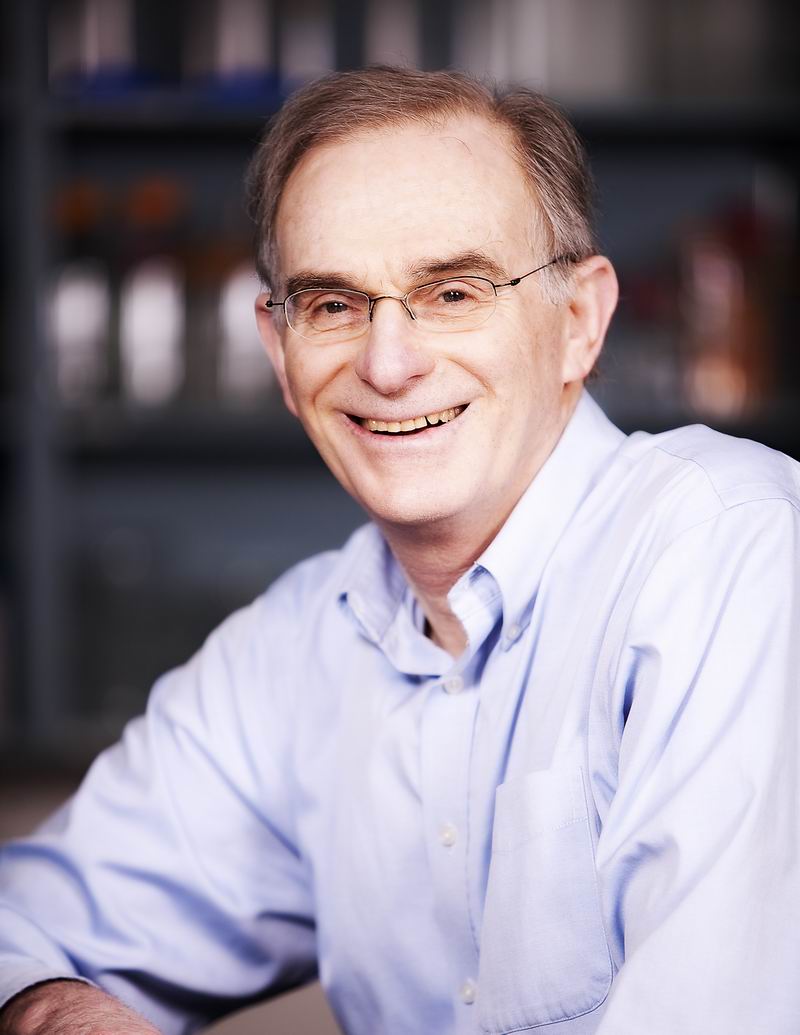
Dr. Paul Manley |
Dr. Paul Manley, Professor in Pathology and Molecular Medicine retired on June 30, 2022. Paul has been a member of our department since 1973 when he graduated from Anatomic Pathology residency from Stanford University.
Paul has held many distinguished administrative roles in our department over his 49 years ranging from, but not limited to, Director of Autopsy Services (11 years), Director of Histopathology Laboratory (6 years), Director of Clinical Laboratories (15 years from 1987-2002) and Pathologist-in-Chief/Department Head (10 years from 1991-2002). Paul is an expert in gastroenterology and liver pathology but has also provided service coverage in the areas of urology, skin, head and neck, lung, autopsy and frozen section. Along with Paul’s clinical contributions, academically he has been devoted to teaching residents, medical students & mentoring junior faculty.
|
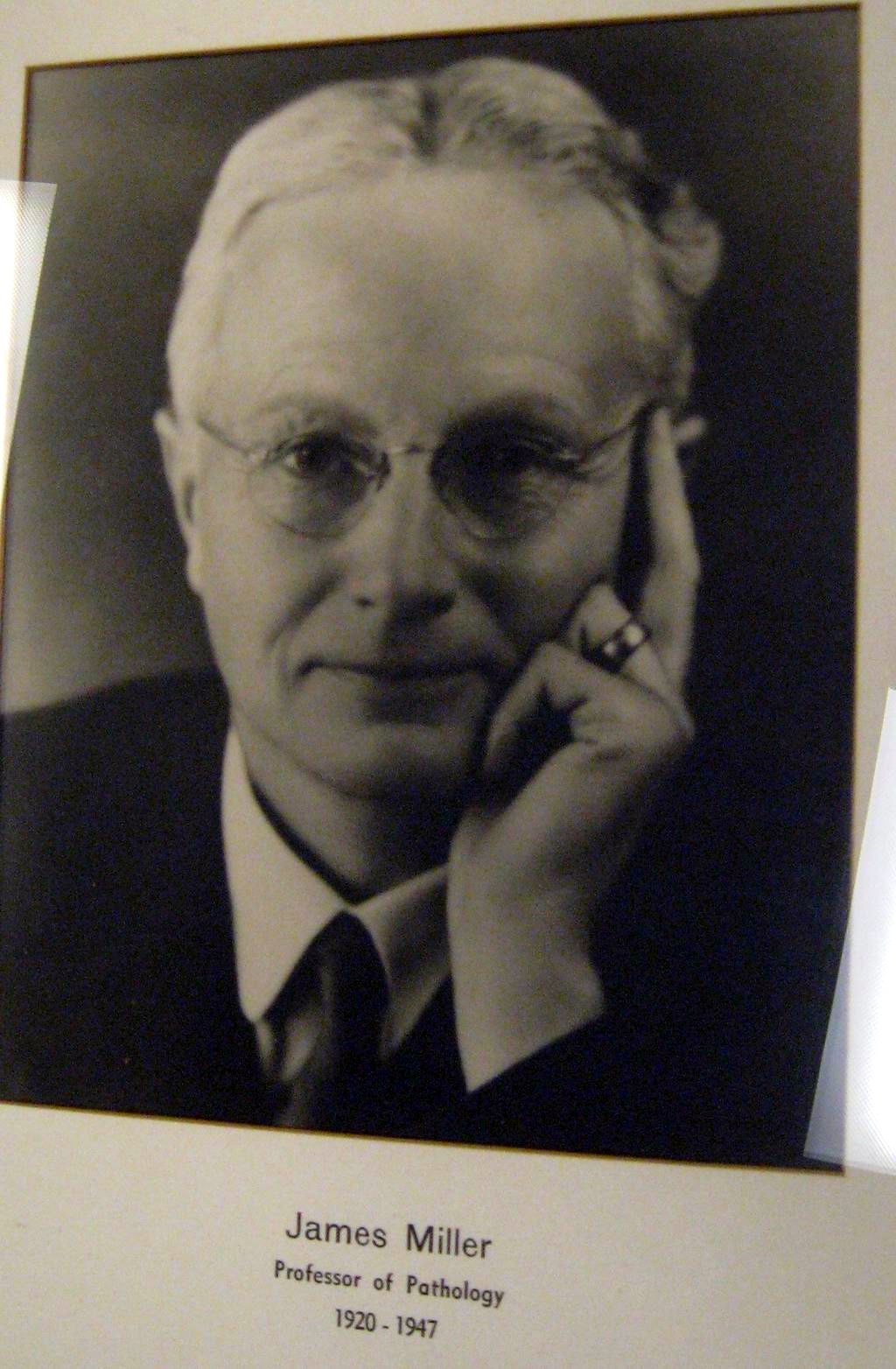
Dr. James Miller |
Dr. Miller, who succeeded Dr. W.T. Connell as the Professor of Pathology was, at the time of his appointment to Queen’s, a Lecturer of Morbid Anatomy at the University of Edinburgh, and a Lecturer of Pathology and Bacteriology, School of Medicine of the Royal College, Edinburgh and
Edinburgh School of Medicine for Women. He was also an Examiner in Pathology at the University of Aberdeen, Royal College of Physicians in Edinburgh, and of Birmingham University. Dr. Miller was known as an excellent teacher and educator, and his textbook, “Practical Pathology; Morbid Anatomy and Post-Mortem Technique”, first published in 1914 in Edinburgh, being in great demand, was reedited there in 1925.
While at Queen’s University he was also the Chairman of the Department of Pathology at KGH, a Consultant in Pathology to the Department of Health of Ontario, and the Examiner in Pathology of the Dominion Council and Royal College of Physicians and Surgeons of Canada. In Canada Dr. Miller soon acquired a reputation as an excellent teacher and practicing pathologist. He continued writing extensively on morbid pathology (the third edition of his textbook appeared in 1938 both in Britain and North America), on the training of young pathologists and on the subject of historical interests. His fellow pathologists regarded him highly and elected him President of the Ontario Association of Pathologists for the year 1940-1941. As the Head of Service of Pathology at KGH, he was assisted by Drs. Thomas Little, A.H. Lothrop (Physiological Chemistry), and G.B. Reed (Bacteriology). He was greatly appreciative of his Associate, Dr. W.D. Hay, whose help and co-operation he acknowledged in the third edition of his textbook. Dr. William Hay (Queen’s – Arts ’14 and ’16; Med ’21) held originally an appointment in Pathology and Bacteriology. He relinquished the Bacteriology appointment in 1923 devoting his full time to Pathology. No graduate since that time can forget Dr. Hay’s lectures and his special interests as one of the Crown pathologists. He retired in 1957 after a long service as an Associate in the Department of Pathology. During the tenure of Dr. Miller, there were several important innovations in the Department. Whereas initially, Dr. Miller continued to work and teach in the New Medical Building, he soon could establish a permanent home for the Department of Pathology. In November 1922 Mrs. Alice Richardson, a widow of Senator Harry W. Richardson and sister-in-law of Dr. W.T. Connell, offered $100,000 to provide for a building for modern laboratories which would include suitable accommodations for tuberculosis patients (the Mowat Hospital built for these, had been in use as a veteran’s hospital). This gift and the available $100,000 Douglas Fund made possible an early start on the buildings of the Richardson Laboratory and the Douglas Wing of the KGH. The single most spectacular improvement for patients, doctors, and management was celebrated on 16 October 1925, when Dean J.C. Connell officially opened the Richardson Laboratory (RL) and the Douglas Wing (DW). The latter building had public wards on two floors, rooms for tuberculosis patients, and four operating rooms on the upper most floor. On the 1st floor there was space for outpatients; X-ray; hydro and light therapy; eye, ear, nose and throat department; electrocardiograph; dispensary; and an office for the Medical Officer of Queen’s University. THE PATHOLOGICAL UNIT became for the first time officially “THE PATHOLOGY DEPARTMENT” of the Queen’s University and the KGH; its permanent home became the Richardson Laboratory. The first floor of the RL housed a large museum of pathological specimens, containing shelf after shelf of bottled abnormal organs with coded cards detailing the pertinent history and pathology. These were used by students, trainees and examiners in Pathology and Surgery. Whereas this was a useful teaching collection, it did occupy a considerable, mostly unused space. Also on the first floor were offices of the Chairman and his Associate (Dr. Hay), and an autopsy room with a theatre seating resembling an operating room; it was also used as a lecture room. The second (top) floor housed a large student laboratory, some small offices and small laboratories for clinical chemistry, hematology, Public Health Laboratory, histology and biochemistry (N.B.: It is assumed that the bacteriology was “accommodated” in the Douglas Wing). The basement housed a large amphitheatre (seating 100 persons) for Pathology and other lectures; it had a special lantern for 18 projection of microscopic slides. A few rooms served for storage, and an area with current daily newspapers (but no furnishing for comfort) was named by the students: “the dungeon”. Whereas Dr. Miller had reached his retirement age earlier, he stayed on in his post during the Second World War largely because of his loyalty to the Department and Queen’s. In view of the great shortage of available teachers at the time of the war it would have not been an easy task to find his successor. Upon his official retirement he returned to Britain in the summer of 1946 where he enjoyed a well-deserved rest. Sadly, the contact between Queen’s University and Dr. Miller was lost after the fifties. |

Dr. Robert More |
Dr. Robert More was the Department Head from 1951-1966. He retired in 1966.
Robert Hall More was born 16 December 1912 in Kitchener, Ontario and died 5 August 2003 in Kitchener, Ontario Robert graduated with his MD from the University of Toronto, Toronto, Canada in 1939. He occupied a number of positions in Canada during his professional career, the most important of these being: Professor and Head of Department of Pathology, Queen’s University, Kingston, Ontario from 1951-1966 and Strathcona Professor of Pathology, McGill University, Montreal from 1967-1978. It was during his Presidency of the IAP that the decision was taken to revise the IAP constitution and restructure the International Academy of Pathology. This led to the establishment of the United States and Canadian Academy of Pathology (USCAP) as an organizational entity. Dr. More played an important guiding role in these developments. Robert was honored by McGill University Department of Pathology establishing The Robert More Fellowship for Graduate Studies in Pathology (1994- ). The Queen’s University Department of Pathology recognized his contributions by dedicating a modernized library in his name. His retirement was spent raising beef cattle. |
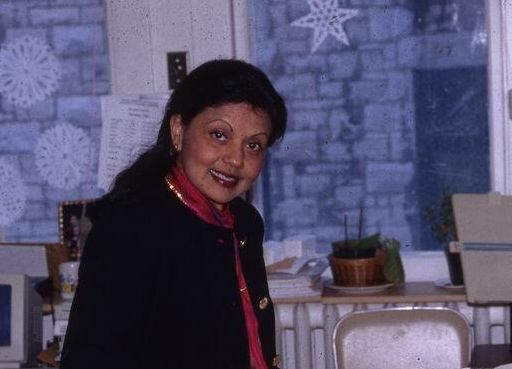
Dr. Sukriti Nag |
Dr. Sukriti Nag joined the department in 1974? She first appears in the Faculty Group Photo in 1974.
She left in 1992?, moving to Toronto, Ontario.
She is last known to be at Rush University in Chicago, IL, USA (2024)
|
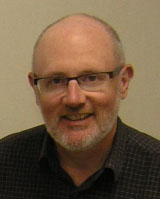
Dr. Ken Newell |
Dr. Ken Newell joined the department in 2008. He left in 2009.
In 2021 he is at the Pathology and Laboratory Medicine at the University of Western Ontario, London, Ontario.
|
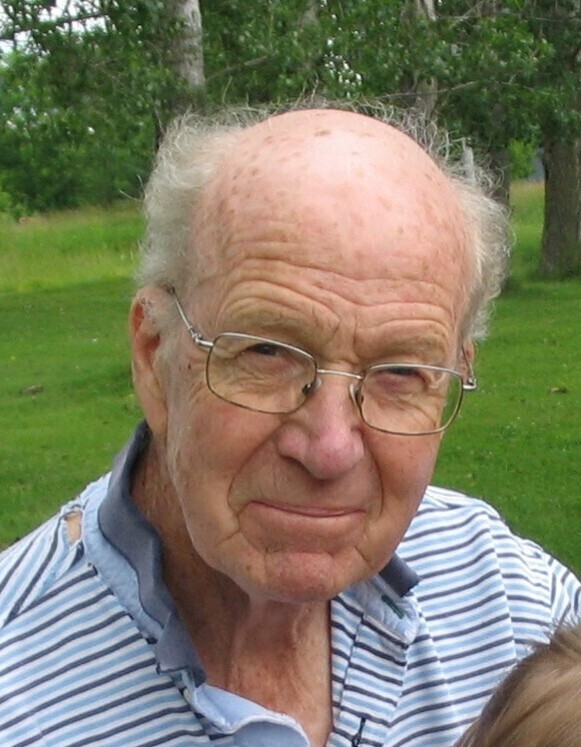
Dr. Bob Prentice |
Dr. Bob Prentice joined the department in 1961. He retired in 1992.
In Kingston on 2021 June 12 at the age of 84 after suffering complications from a heart attack. He leaves his wife of 61 years, Gwen, their children, Gwen (Pierre), Greg, and Laura, and their grandchildren, Thomas and Laina. He is predeceased by their oldest son, Bob. After graduating in Queen's Meds '60, Bob worked as a pathologist at the Hotel Dieu Hospital. Part of the reason Bob and Gwen chose to stay in Kingston was a budding interest in sailing. Their adventurous spirit and Bob's interest in all things mechanical made sailing a perfect fit for them. A slide of a sailboat at anchor often found its way into Bob's lectures on skin pathology at Queen's. Bob's spirit of adventure found outlet in other ways too. His kids remember their dad riding his 125cc motorcycle - tie flapping - from the house in the suburbs into work. After retiring, Bob turned his attention to having fun and enjoying life with his family and friends. He and Gwen had by that time left the Kingston suburbs and settled on a lakefront property in the Napanee area. Country living put Bob on a new learning curve where he was very happy. His beloved workshop expanded with each new passion - home improvement projects, rebuilding old tractors and outboard motors, and lovingly restoring old cars. Bob loved to fix - and fix again - things that didn't work. We thank the nurses and doctors of the KGH ICU for the excellent care they gave Bob. |
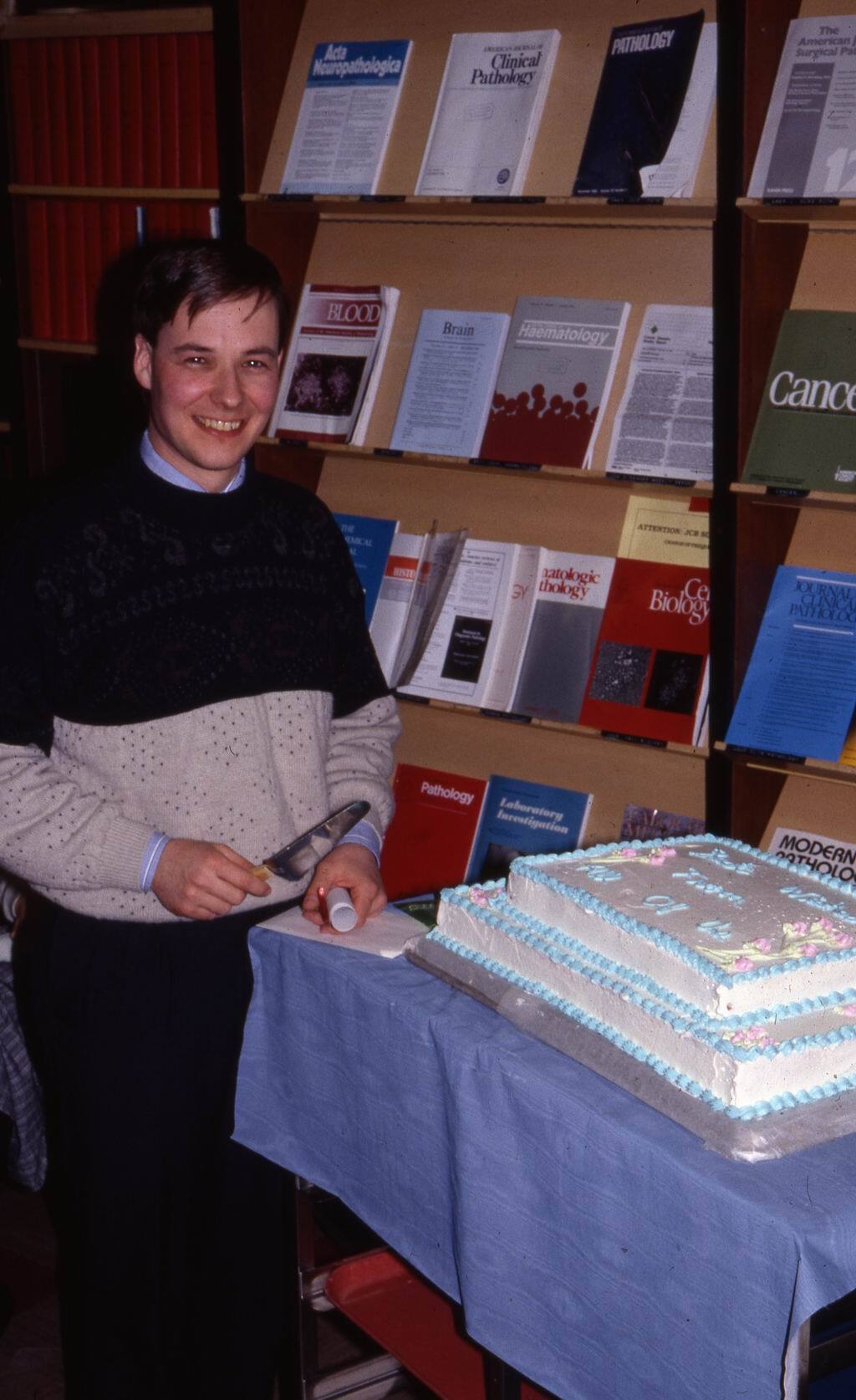
Dr. Russell Price |
Dr. Russell Price. He left in 1991.
McMaster University, Pathology and Molecular Medicine, Faculty Member Dr. Russell Price is a RCPSC certified General Pathologist. Laboratory Medical Director at the Royal Victoria Regional Health Centre and Simcoe Muskoka Region. |
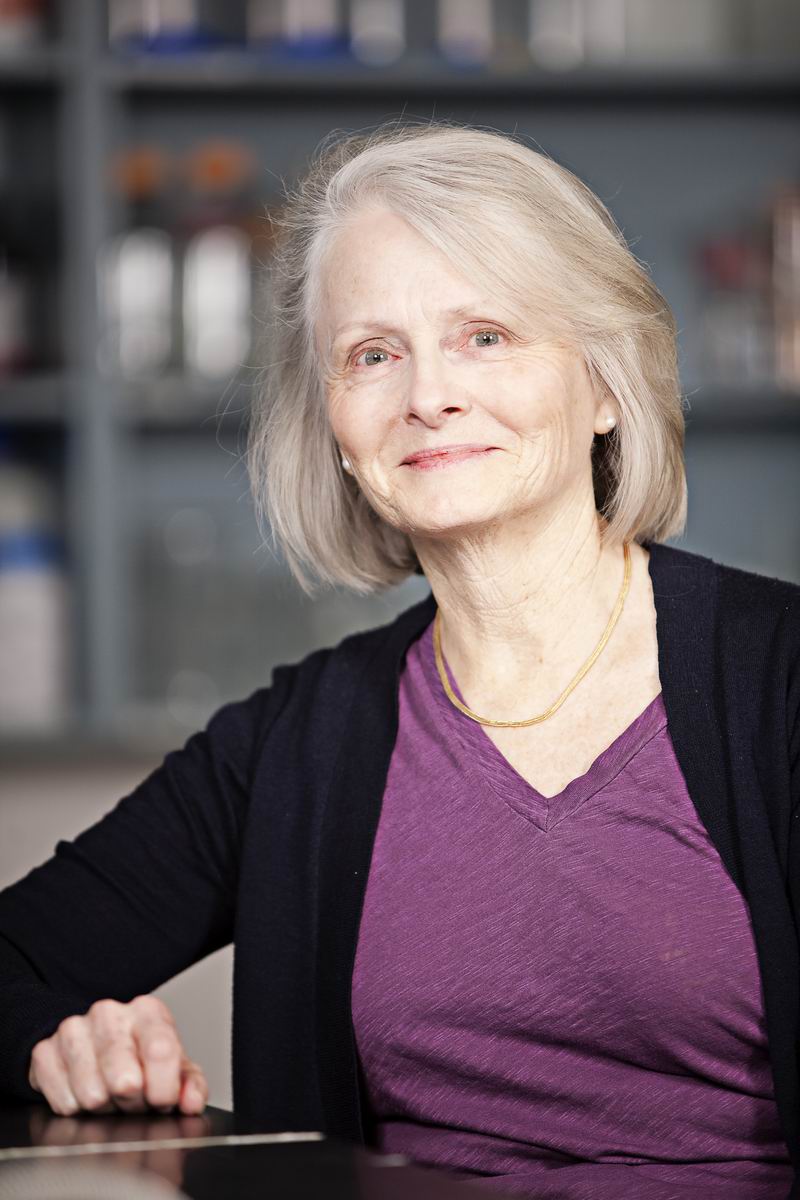
Dr. Dilys Rapson |
Dr. Dilys Rapson joined the department in 1997 as clinical faculty in hemostasis. She retired in 2015.
|
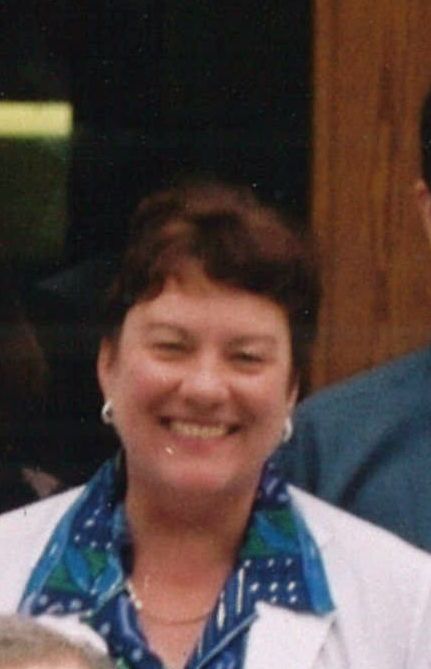
Dr. Jenny Raymond |
Dr. Jennie Raymond retired in 2003.
|
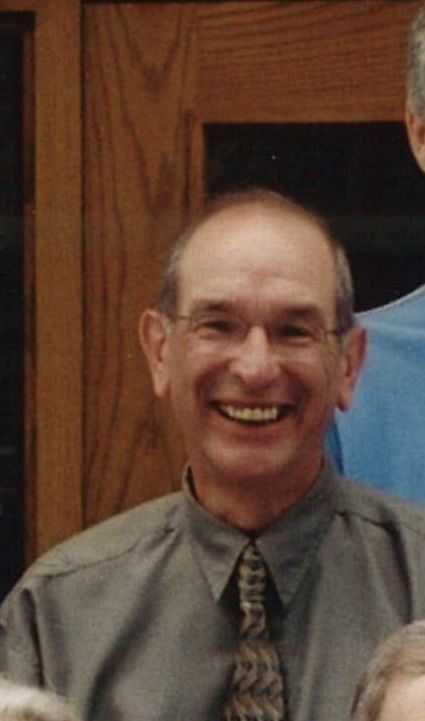
Dr. Mike Raymond |
Dr. Mike Raymond joined the department in 1975. He retired in 2004.
|

Dr. Mary Richardson |
Dr. Mary Richardson joined the department in 1991 as a PhD
with research expertise in hemostasis and electron microscopy.
She left in 1998.
|
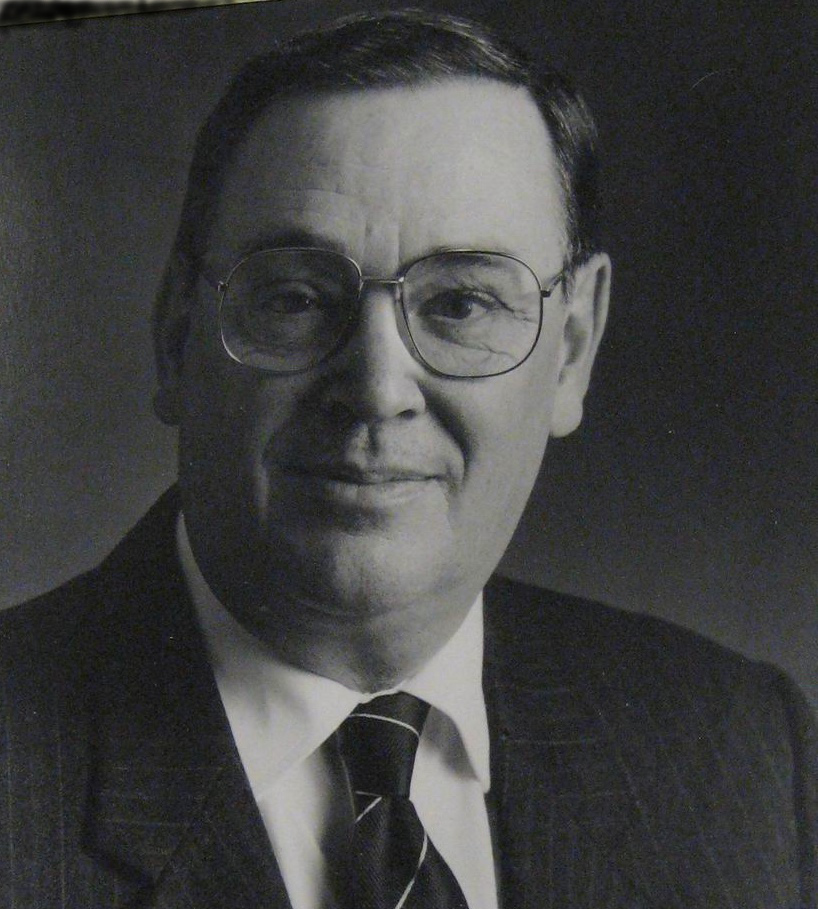
Dr. David M Robertson |
Dr. David M Robertson joined the department in 1962 and retired in 1992.
He was Department Head from 1979-1986. Dr. David Murray Robertson was born in Melville, Saskatchewan. He graduated with an MD from Queen's University in 1955 and was awarded the WW and Susan Near Prize for the second highest standing throughout the then six-year medical course. Following residency in General Pathology at Queens he undertook fellowship training in research and diagnostic neuropathology at the National Hospital for Nervous Diseases, Queen Square, London and at Duke University Medical School, NC. He achieved FRCPC specialty qualifications in General Pathology in 1960 and in Neuropathology in 1968. Dr. Robertson returned to Kingston in 1962 as Assistant Professor (Neuropathology) at Queen's and Neuropathologist at Kingston General and Hotel Dieu Hospitals, He rose rapidly through the academic ranks, becoming Full Professor in 1969. He had a major role in founding the Royal College of Physicians and Surgeons of Canada specialty of Neuropathology and he developed the Division of Neuropathology at Queen's into one of the premier training and academic neuropathology centres in Canada. Dr Robertson had a very successful investigative career, authoring approximately 100 publications in many areas of neuropathology, including the pathogenesis of Wernicke's encephalopathy, toxic and diabetic peripheral neuropathies and hypertension-induced changes in the blood-brain-barrier. Along with his co-investigators Dr. Sukriti Nag and Dr. Henry Dinsdale, he received the Weil Award in Experimental Neuropathology from the American Association of Neuropathologists in 1976. He was a member of the editorial boards of Modern Pathology and Laboratory Investigation and was Associate Editor of the latter journal from 1972 to 1975. Dr. Robertson held numerous leadership positions in national and North-American organizations; including as President of the Canadian Association of Neuropathologists (1971-73), President of the Intersociety Council of Laboratory Medicine of Canada (1973-74), President of the Canadian Association of Pathologists (1974-751 and Vice-President (1982-84) and President of the United States/Canadian Division of the lnternational Academy of Pathology (1984-85). Dr. Robertson was Head of the Department of Pathology at Queen's and Pathologist-in-Chief at Kingston General Hospital from 1979 to 1986. He was Vice-President (Medical) of KGH (1986-92), Medical Director of KGH (1992-94) and subsequently acted as Special Advisor to the President of KGH. Dr. Robertson held the rank of Professor Emeritus after his retirement from the Department of Pathology in 1992. Following a dignified struggle with prolonged illness, Dr. David Robertson passed away at home in 2012 in his 81st year. Through this lectureship series the Department honours David Robertson's many extraordinary contributions to our Department, Queen's University and Kingston General Hospital and to Neuropathology and Laboratory Medicine nationally and internationally. |
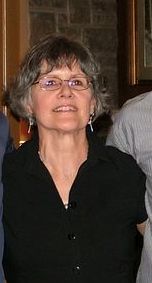
Dr. Caroline Rowlands |
Dr. Caroline Rowlands joined the department in 1995. She retired in 2008.
In 1996, Dr. Caroline Rowlands became the first Director of the combined Cytology service within the Division of Anatomic Pathology of the Kingston General and Hotel Dieu Hospitals. Dr. Rowlands provided the medical directorship of the diagnostic services and laboratory operations at both sites. |
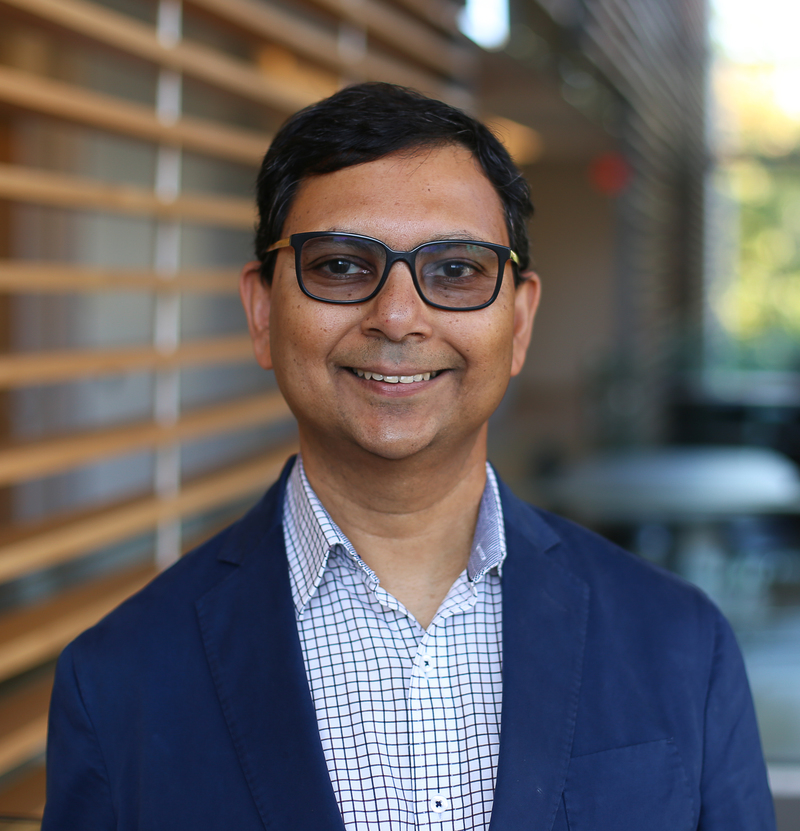
Dr. Sandip SenGupta |
Dr. Sandip SenGupta joined the department in 1983 as a resident in Anatomic Pathology.
He joined the Department as a Faculty member in 1988 and first appeared in the Faculty Group Photo in 1989. He served as the Laboratory Medical Director and Deputy Head of Pathology at Kingston Health Sciences Centre, and Professor of Pathology and Oncology at Queen’s University. He left in 2024 September, moving to Toronto, Ontario. |
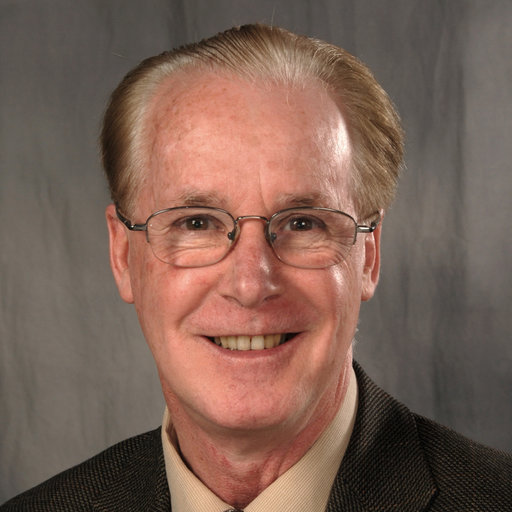
Dr. Lorne Seargeant |
Dr. Lorne Seargeant joined the department in 2004 as Service Chief, Clinical Chemistry, replacing Dr. Mike Raymond. He left in 2006. Clinical Biochemist at Diagnostic Services Manitoba in Winnipeg Manitoba
|
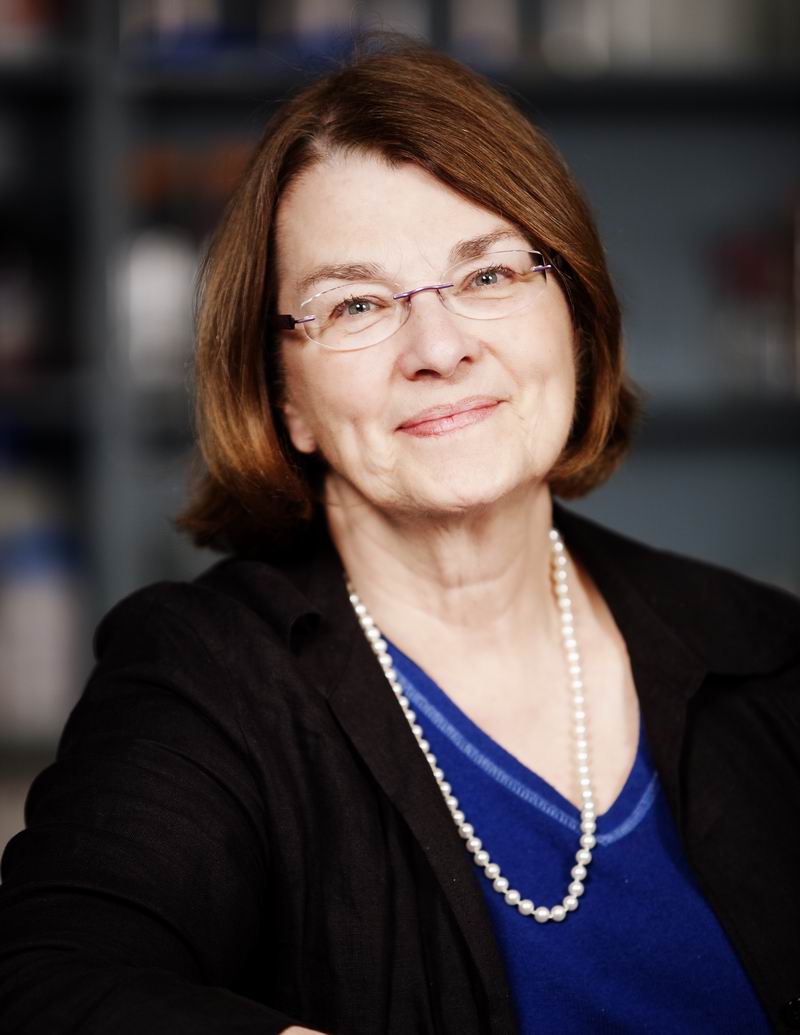
Dr. Lois Shepherd |
Dr. Lois Shepherd joined the department in 1988. She was the Department Head from 2014-2016. She retired in 2017.
Dr. Shepherd is a Professor in the Department of Pathology & Molecular Medicine. She completed her medical school training at McGill and spent three years in England where her interest in hematology developed. She completed her training as a Hematopathologist at the University of Ottawa and came to Kingston in 1987. Dr. Shepherd was the Director of the Transfusion and Immunology Service at Kingston General Hospital until 2016. She now spends her time exclusively with the Canadian Cancer Trials Group (CCTG) having worked with the group since 1989 as a Senior Investigator. Her focus has been in Haematology and Breast Cancer, correlative studies in clinical trials, as well as the development of the National Tumor Tissue Repository at CCTG. Areas of expertise: hematology, breast cancer, tumour an tissue biorepository and biobanking, correlative studies in clinical trials |
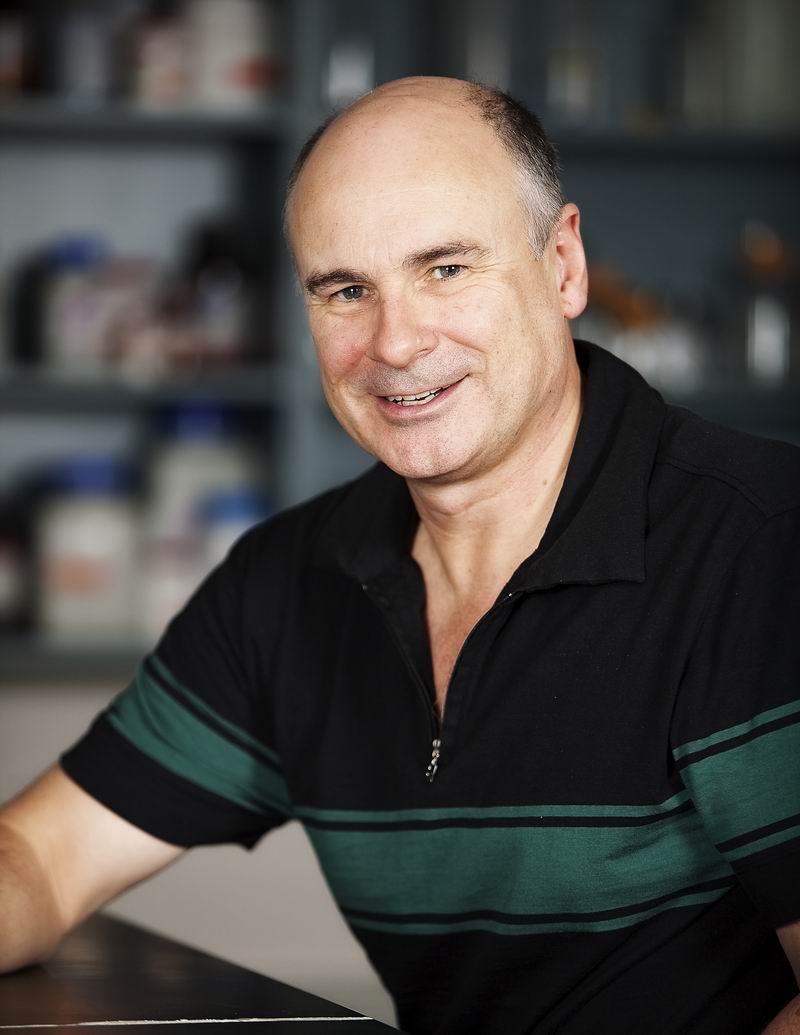
Dr. Jeremy Squire |
Dr. Jeremy Squire joined the department in 2008. He left in 2013.
From 1999-2008 Dr. Jeremy Squire held the positions of Professor in the Department of Laboratory Medicine and Pathobiology at the University of Toronto; a Senior Scientist, Ontario Cancer Institute, and was the first holder of the J.C. Boileau Grant Chair in Oncologic Pathology. In 2008 Dr. Squire moved his laboratory to Kingston, Ontario and accepted the positions of Professor and Research Chair in Molecular Pathology in the Department of Pathology and Molecular Medicine at Queen's University and Kingston General Hospital; and, Director of Translational Laboratory Research, NCIC – Clinical Trials Group. He also served as Acting Director of the Clinical Cytogenetics Service Laboratory at the Kingston General Hospital from 2009 - 2011. Dr. Squire’s program is strongly oriented towards translational research using molecular, genomic and cytogenetic methods to provide new information and hypotheses concerning the onset, cause and progression of cancer. He has been a champion of molecular cytogenetic cancer research and was among the first in the world to apply spectral karyotyping (SKY), comparative genomic hybridization (CGH), microarray comparative genomic hybridization, and molecular analysis of epigenomic changes in tumours. His research groups in Toronto and in Kingston have been among the most productive in this field, with over 300 original peer-reviewed papers, chapters and reviews in the area of the molecular cytogenetics and the genomics of solid tumors and leukemias. With a strong reputation in the use of novel sophisticated technologies for the detection of cancer, he has elucidated clinically important processes that are operative during early steps of cancer initiation, and on multiple changes that affect genes, chromosomes and proteins during tumour progression. |
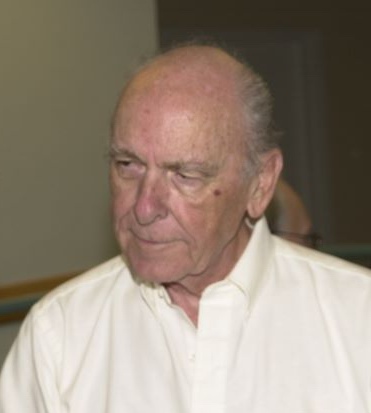
Dr. Howard Steele |
Dr. Howard Steele retired in 1987.
Dr. Howard ("Howie") Douglas Steele was born on June 14th, 1922 in Arnprior, Ontario where he attended the primary and secondary schools. Upon graduation in 1939, he enrolled in the Faculty of Medicine at Queen’s University receiving his M.D. and C.M. in 1944. He was a rotating intern at the Kingston General Hospital (KGH), Kingston, Ontario (1944-1945) and spent a year thereafter (February 1945 to March 1946) at The Medical Officers Training Centre in Camp Borden, Ontario. He returned however, to continue his postgraduate education to Kingston where he was a resident in Surgery at KGH (1946-1947), a Fellow in Medicine at Queen’s (1947-1948) and an intern in Pathology at KGH (1948-1949). In the course of that last year, he was married to Mary Dingwall and made his decision to specialize in Pathology, seeking experience outside Kingston. Thus, in 1949 he enrolled in a three-month-long course in Basic Sciences at the Royal College of Surgeons in London, England, spent six months as senior intern in Pathology at the Montreal General Hospital and after another year (1950- 1951) as a Fellow in Pathology at Western Reserve (now Case Western) University in Cleveland, Ohio, he returned to Queen’s University. He spent one year (1951-1952) as a Fellow in Clinical Pathology and another (1952- 1953) as a Senior Fellow in Pathology, and obtained the Certification in Pathology from the Royal College of Physicians and Surgeons of Canada (RCPSC) in 1952. Dr. Steele left Queen’s in 1953 to establish and develop a functional department of Pathology at the newly built Hotel Dieu Hospital in St. Catharines, Ontario. He considered this to be a challenge for a just-qualified Pathologist, notwithstanding the fact this post was outside an academic "orbit". Once the department was operating smoothly for two years (1953-1955) Dr. Steele decided to return to academic life. He moved to Saskatoon, Saskatchewan where he was an Assistant Pathologist at the University Hospital and Assistant Professor of Pathology at the University from 1955 to 1957. In 1957, Dr. Steele was invited to join the Faculty at Queen’s and KGH by the then Chairman of the Department of Pathology Dr. Robert More. He was Assistant Professor from 1957 to 1967, Associate Professor from 1967 to 1974 and was then promoted to full Professor. He became a Fellow in Pathology at the RCPSC that same year. In 1986, Dr. Steele served for four months as the Acting Chairman of the Department of Pathology at Queen’s University. In this short period he was able to introduce several innovations to the Department either to "keep-up" with times or improve some of its activities. Amongst these two changes were of particular note: microscopes no longer were used in the students’ laboratory sessions (the tissue changes were instead illustrated by photographic images) and the "routine" CPCs were replaced by a special format that required an invited speaker to participate. In 1987 Dr. Steele retired as an Emeritus Professor of Pathology. Beyond his academic appointments and duties, Dr. Steele served as a member on staff in Kingston hospitals in a variety of posts: at the KGH he was Associate Director of Laboratories (1957-1980), Director of Laboratories (1980- 1987) and Deputy Chief, Department of Pathology (1983-1987). He was the Pathologist at St. Mary’s of the Lake Hospital, and a Pathologist on Auxillary Staff (1958-1968) and Consultant in Pathology (1968-1976) at the Canadian Forces Hospital. At KGH he introduced and established at a high level the Diagnostic Cytology Service and the specialty of Gynaecological Pathology. In addition he was in charge of Blood Banking until 1963, i.e., when Dr. William Corbett took it over upon his return to the Department. Dr. Steele held also an appointment of a Regional Pathologist at Attorney General’s Department of Ontario (1954-1966), was a member of the Canadian Tumour Reference Centre (1958-1970), and was Examiner in Anatomic Pathology at the RCPSC (1976-1979). Dr. Steele was very actively involved in the residency program in Pathology but in addition, developed a much-sought-after program for residents in Obstetrics and Gynaecology. Thus, generations of future specialists in this field rotated through Dr. Steele’s services and many maintained for years a distinct loyalty to Dr. Steele and through him to the Department. Dr. Steele was a member of a number of professional and scientific societies in Canada and abroad, and in recognition of his knowledge and administrative talents he was elected to prestigious posts of several of these. He served as the Secretary-Treasurer (1964-1970) and President (1971-1972) of the Ontario Association of Pathologists; Executive Member (1968-1971) and Chairman (1972-1973) of the Canadian Society of Cytology, and as a Representative of both societies to Canadian Medical Association (1973-1975). He was Chairman of the Cytotechnology Advisory Committee of the Toronto’s Institute of Medical Technology (1975-1977). In addition to his service and teaching, Dr. Steele was engaged in research throughout his career with emphasis on oncology and his speciality, i.e., gynaecological and obstetrical pathology. He received personal support from the Ontario Cancer Foundation at two different levels: Research Fellowship (1951-1966) and Research Associateship (1966-1973). The list of Dr. Steele’s publications indicates that he was involved also in research in some other areas (elastic tissues; cardiovascular diseases; injury and healing processes). He presented the results of his investigative work at scientific meetings in Canada and the USA. |
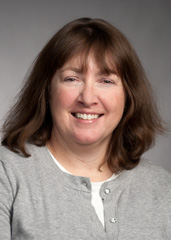
Dr. Sherry Taylor |
Dr. Sherry Taylor joined the department in 1992 in the Genetics Division. She left in 2009.
In 2021 she is at the Genetic Laboratory Services, Alberta Health Services in Edmonton Alberta.
|
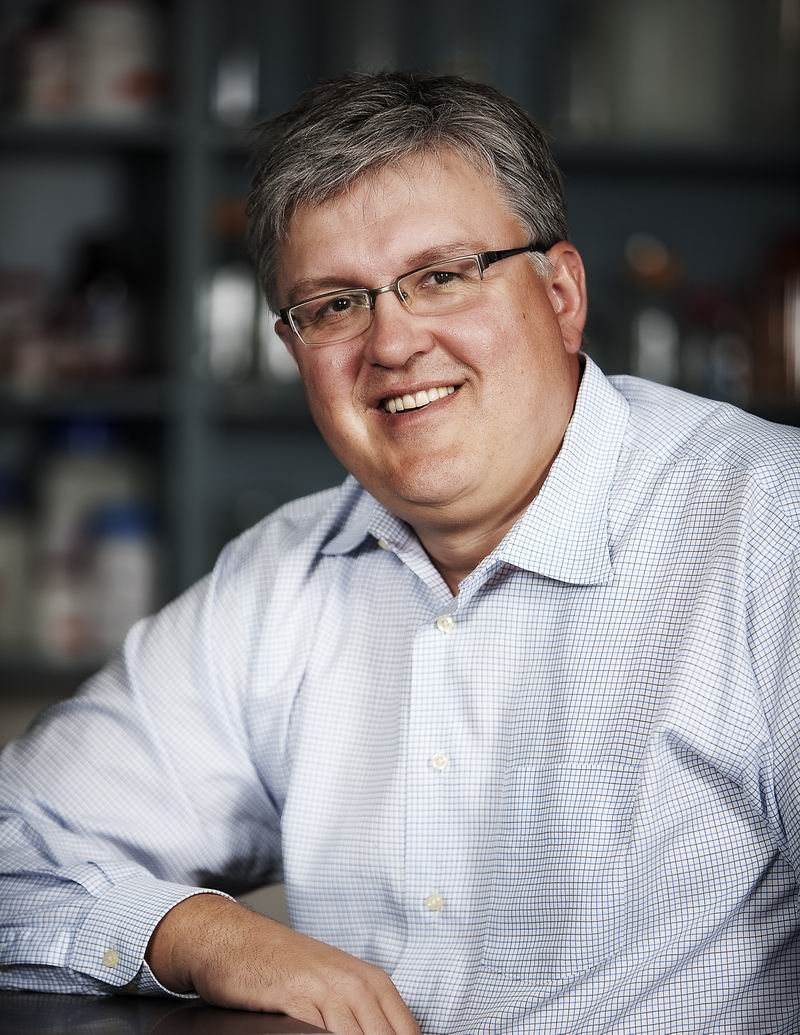
Dr. Victor Tron |
Dr. Victor Tron joined the department in 2007. He was the Department Head from 2009-2014. He left in 2014 to become the Chief of the Department of Laboratory Medicine at St. Michael’s Hospital, Toronto, Ontario. He retired in 2020 and is now Medical Lead, Dermatopathology LifeLabs since Feb 2020
Victor Tron, MD, FRCPC is the chief and medical director of Laboratory Medicine at St. Michael’s Hospital in Toronto. In addition, he is a professor of Laboratory Medicine and Pathobiology at the University of Toronto. Dr. Tron also served as chair and chief in the Department of Laboratory Medicine and Pathology at the University of Alberta. He is a medical graduate of the University of Alberta. Dr. Tron completed his anatomical pathology specialty training at the University of British Columbia. He then completed an MRC research fellowship at McMaster University and a dermatopathology fellowship at Massachusetts General Hospital. His clinical practice is focused on dermatopathology. Dr. Tron has published extensively in the area of molecular mechanisms of skin cancer. |
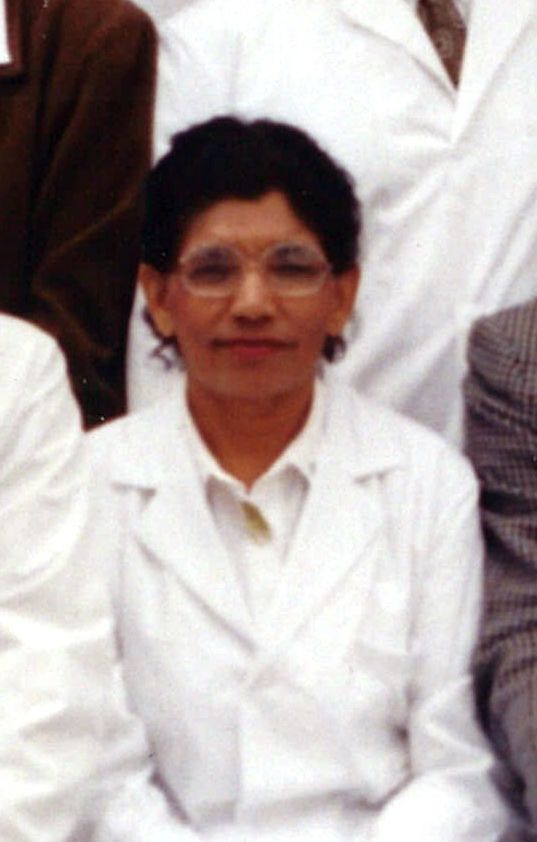
Dr. Santosh Wasan |
Dr. Santosh Wasan joined the department in 1969. She retired in 1999.
|
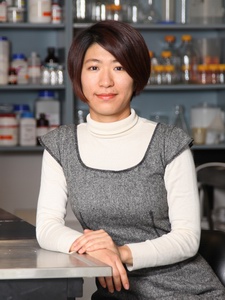
Dr. Amanda Xu |
Since joining us in 2014 as a resident, Dr. Xu joined the faculty in 2019 and has made invaluable contributions, particularly in hematopathology, lymph node, and gynecologic pathology. Her expertise and dedication have greatly enriched our team and enhanced the quality of care we provide to our patients.
She left in 2024 December. |
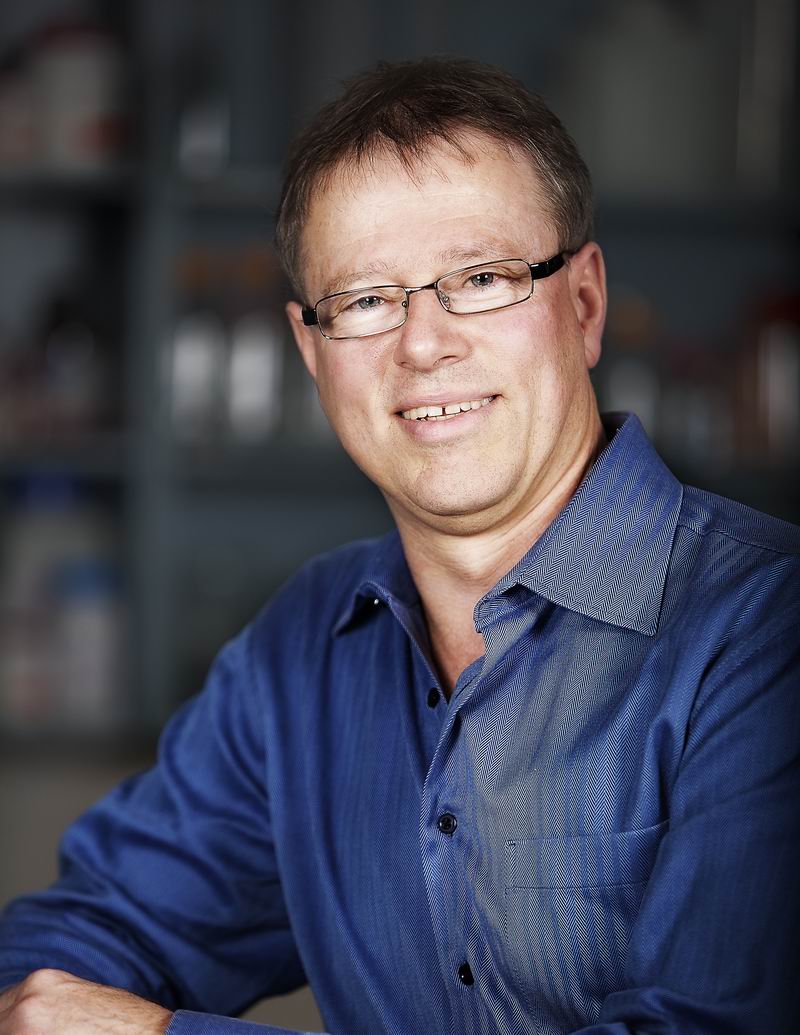
Dr. Iain Young |
Dr. Iain Young joined the department in 1987 as a Faculty member. He did his residency in Anatomic Pathology here as well in the years before.
He served as the Head of the Department from 2002-2009. He left in 2011 to serve with the Faculty of Health Sciences at Queen's University as Vice-Dean Academic. He retired in 2019. |
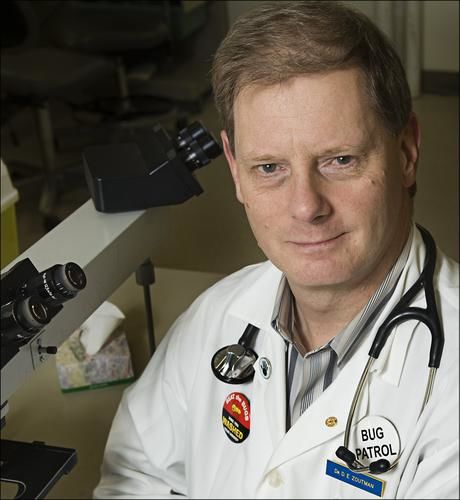
Dr. Dick Zoutman |
Dr. Dick Zoutman joined the department in 1991 and left in 2011.
Dr. Zoutman has been practicing medicine for over 30 years and specializes in Internal Medicine, Infectious Diseases and Medical Microbiology at Queen's University at Kingston. Dr. Zoutman is the Inaugural Chief of Staff at the newly formed Scarborough Rouge Hospital in Toronto. He was Chief of Staff at Quinte Health Care, a four hospital health system in south eastern Ontario from 2011-2018. Dr. Zoutman practices Medical Microbiology and Infectious Diseases Medicine, Infection Prevention and Control and Antimicrobial Stewardship. Dr. Zoutman is a member of the Board of Directors of Scarborough Rouge Hospital. |